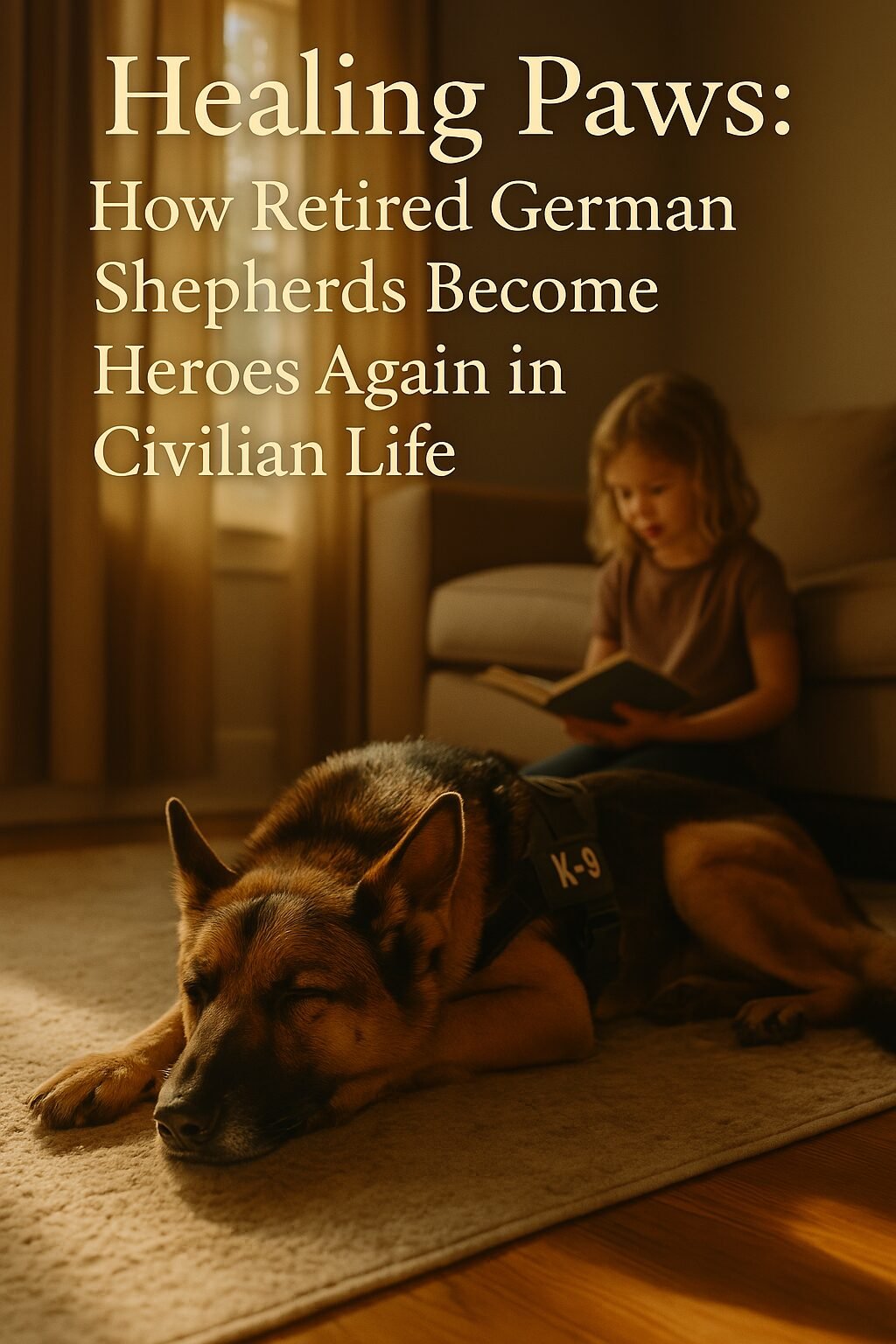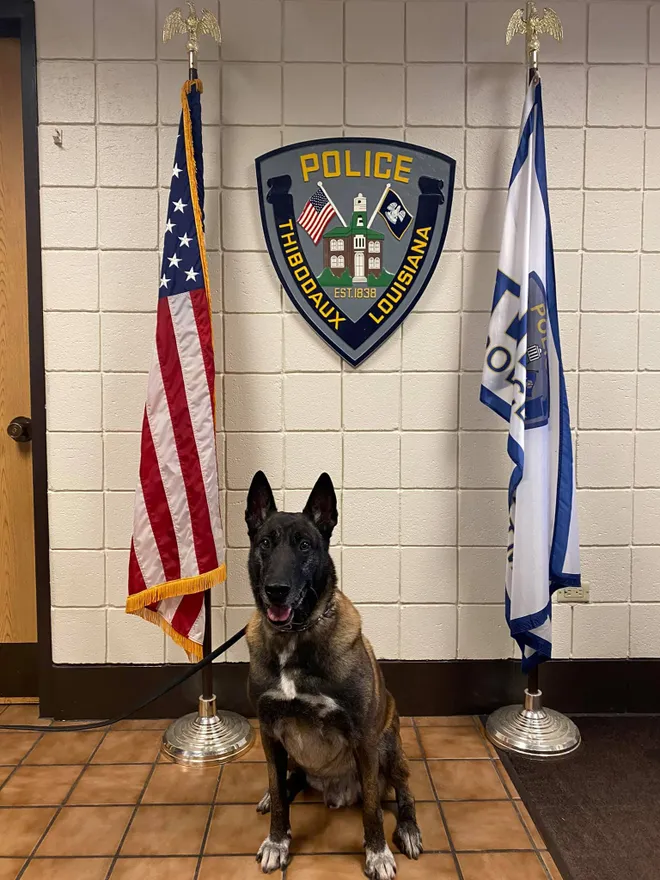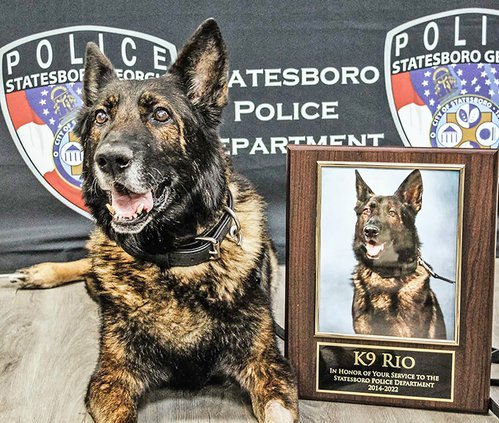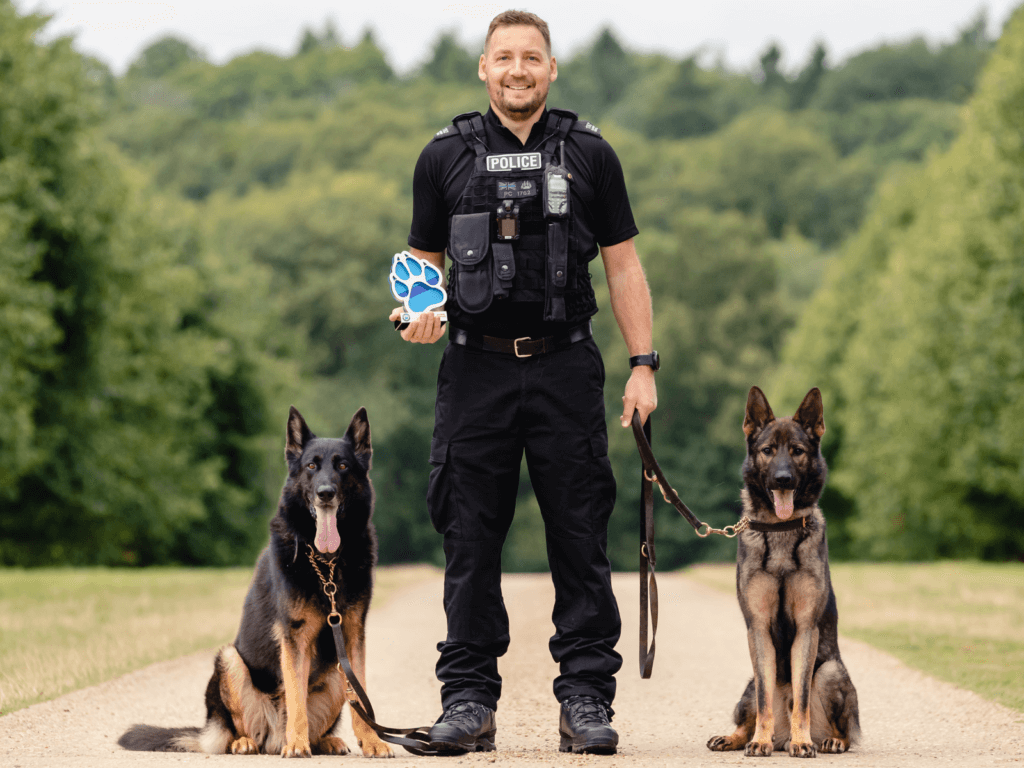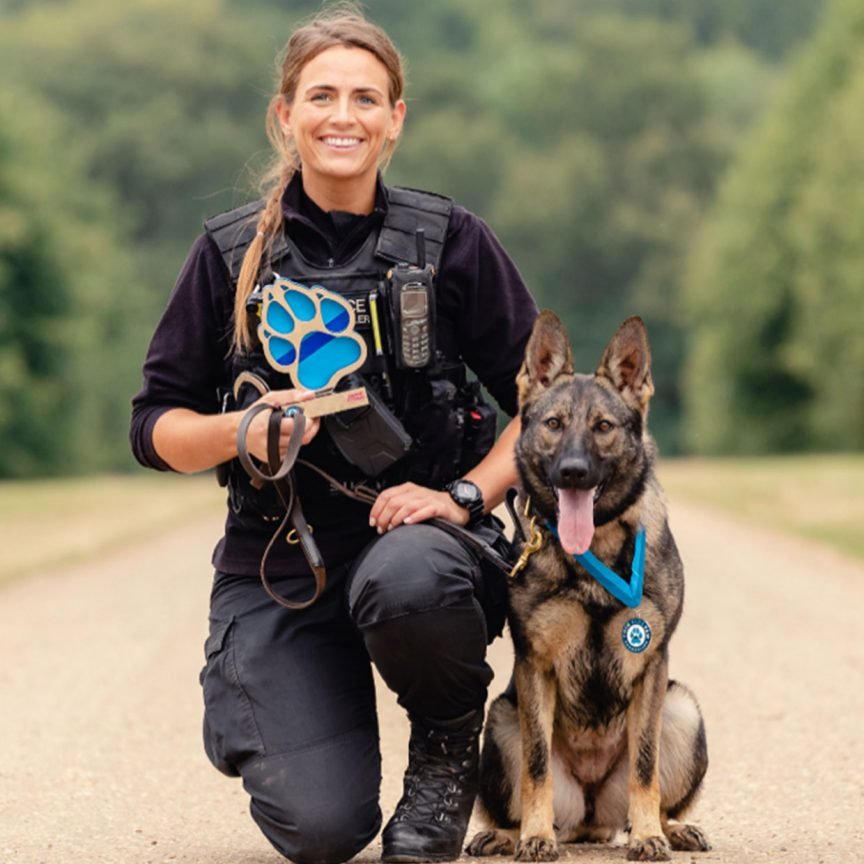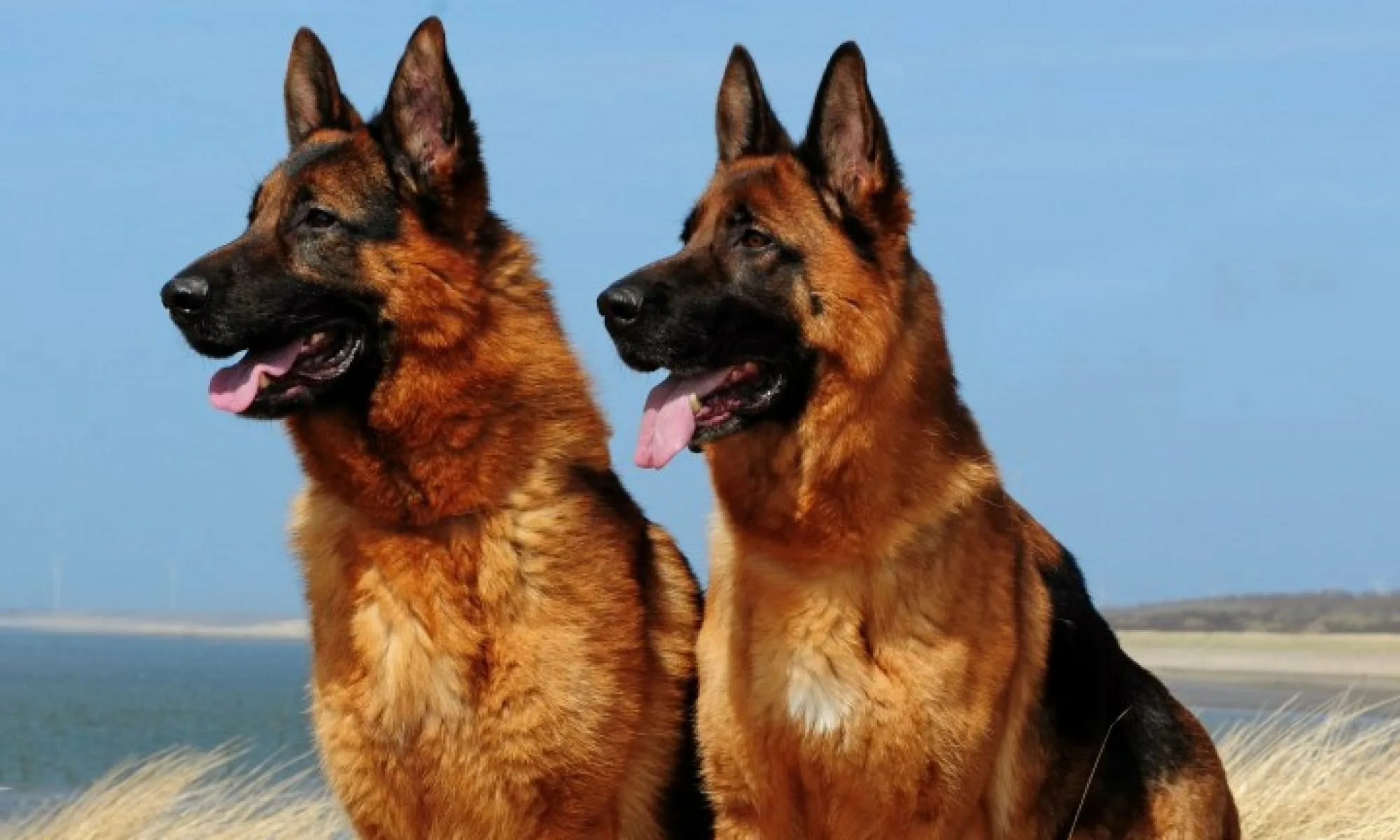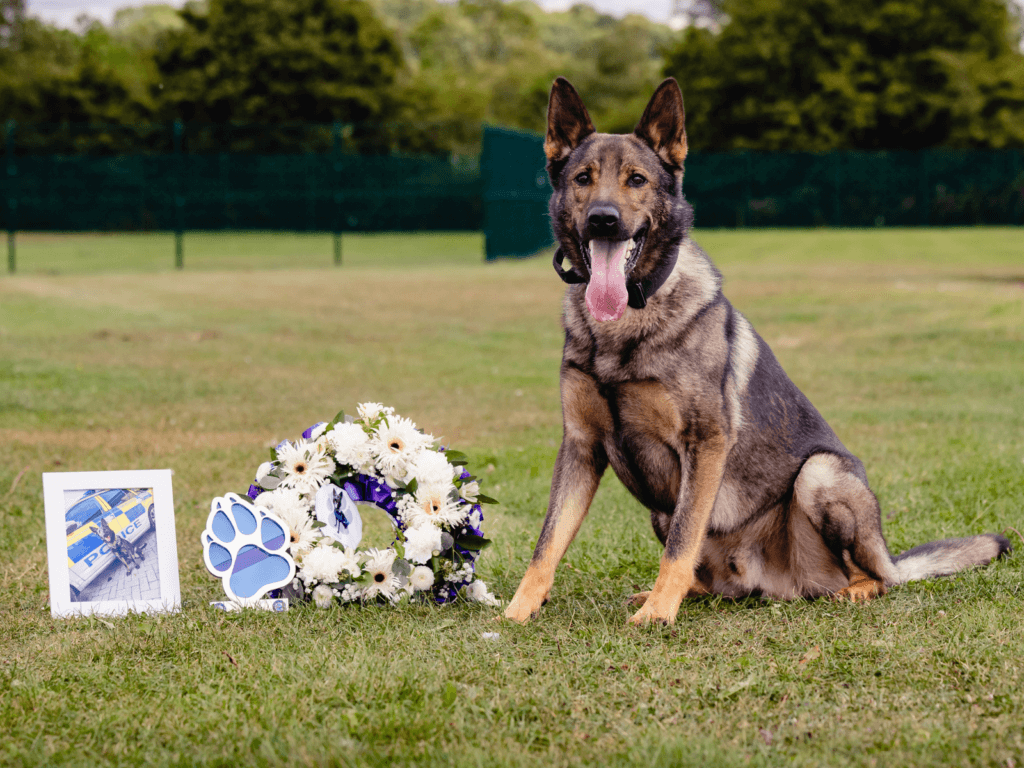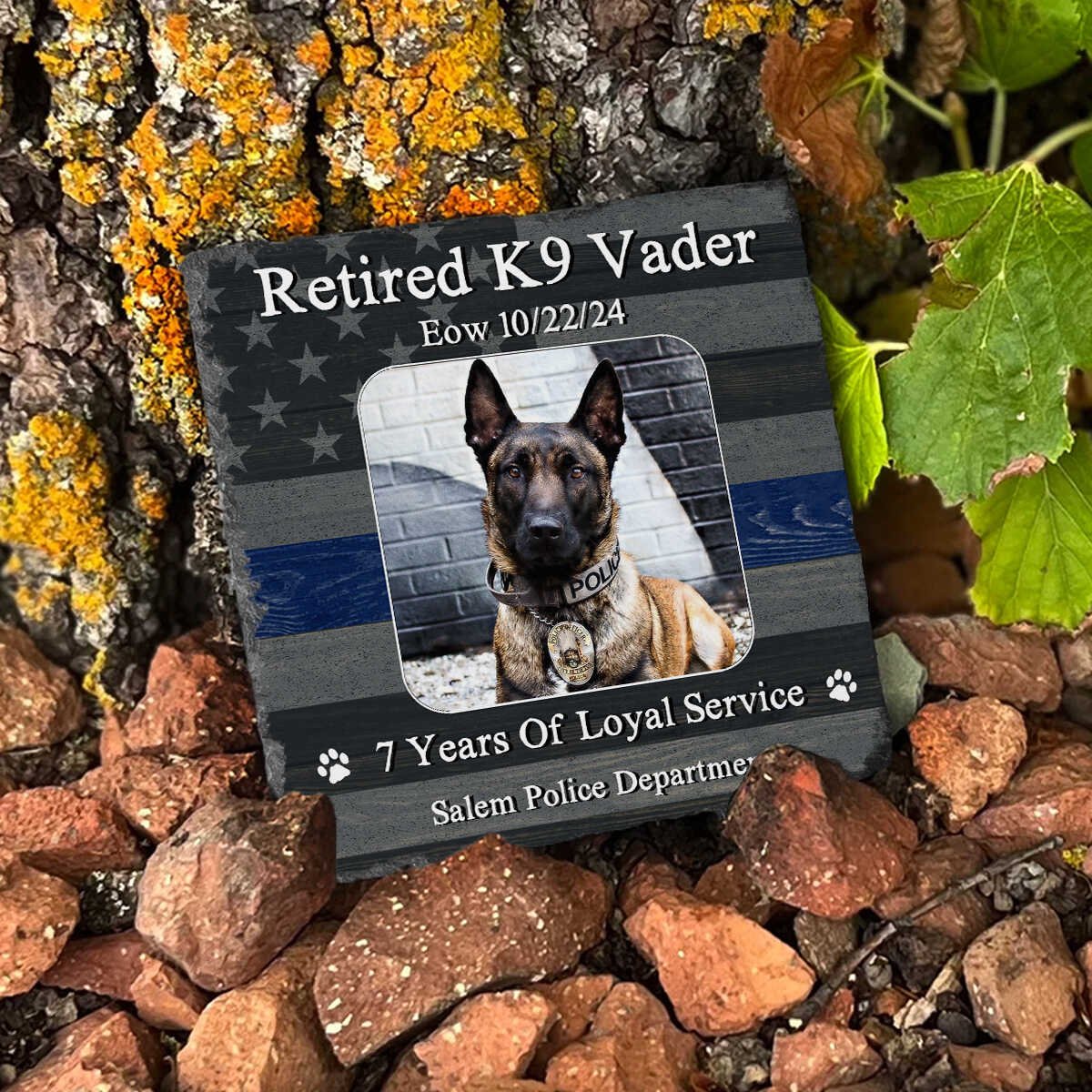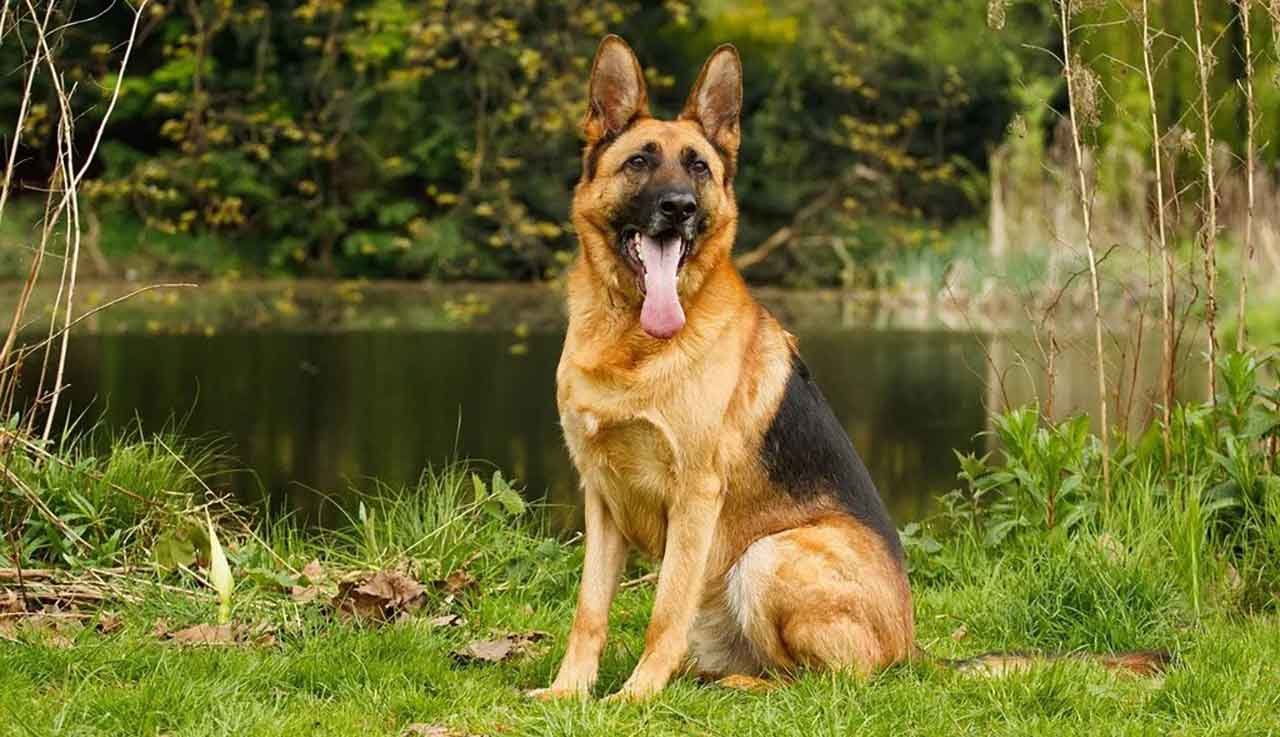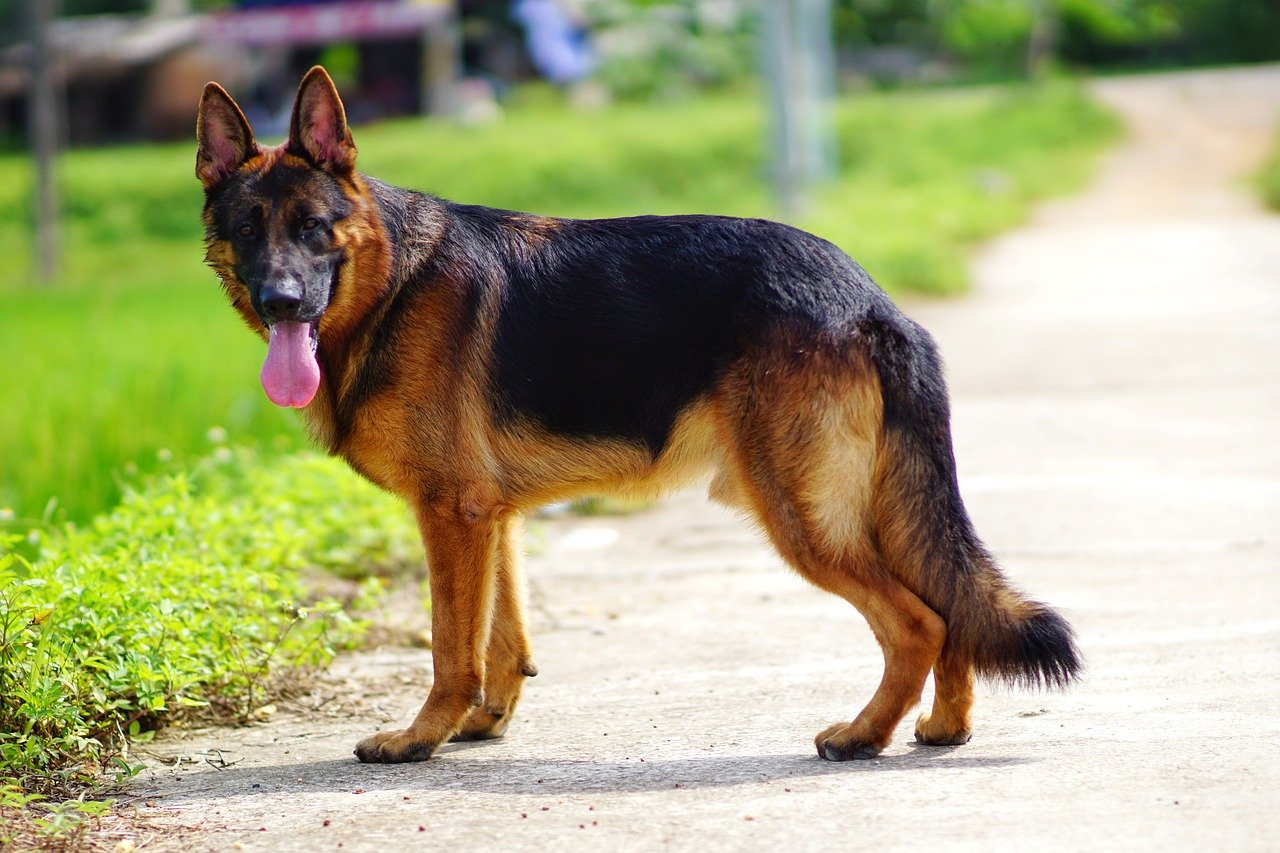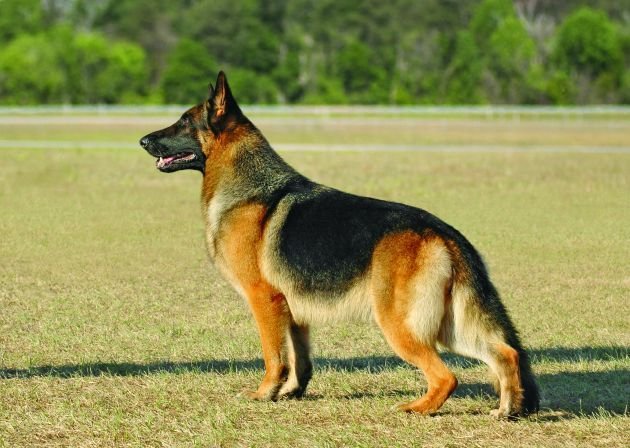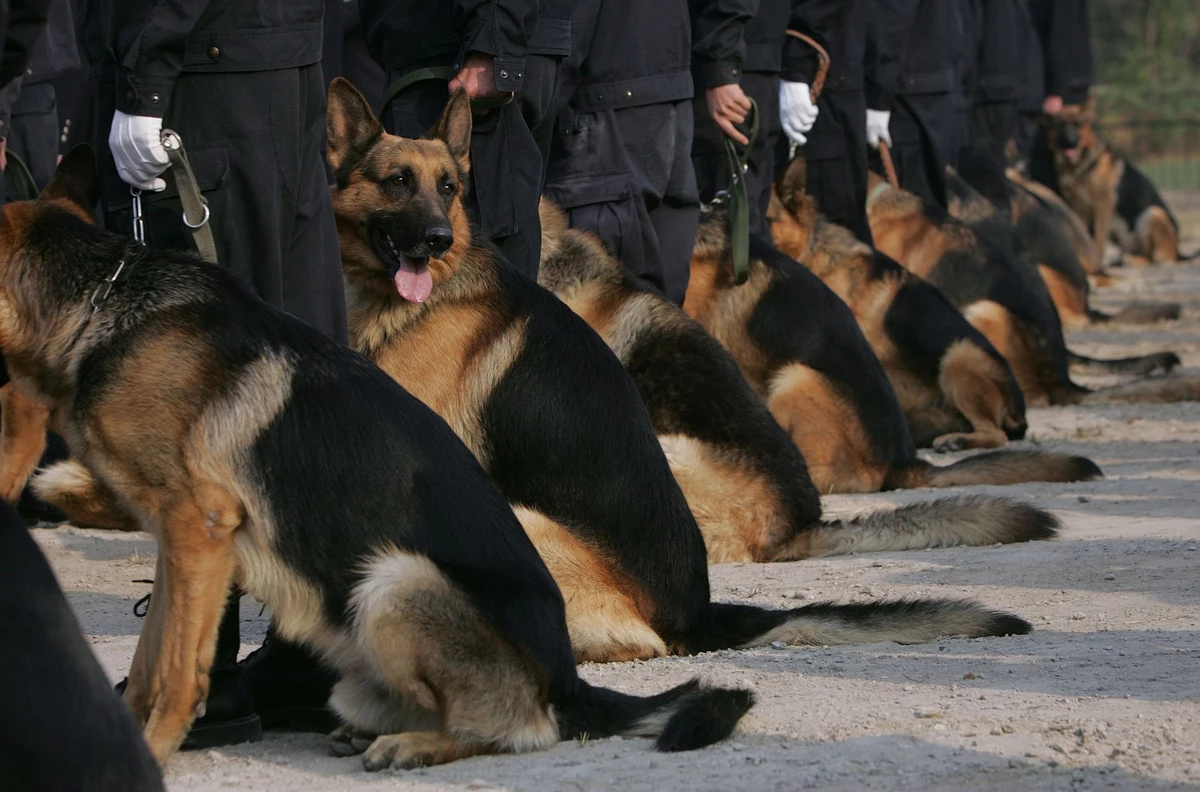Working Breeds
Military German Shepherd Training: Special Ops Canine Secrets

Part 9 of the German Shepherd Series on DogsReader
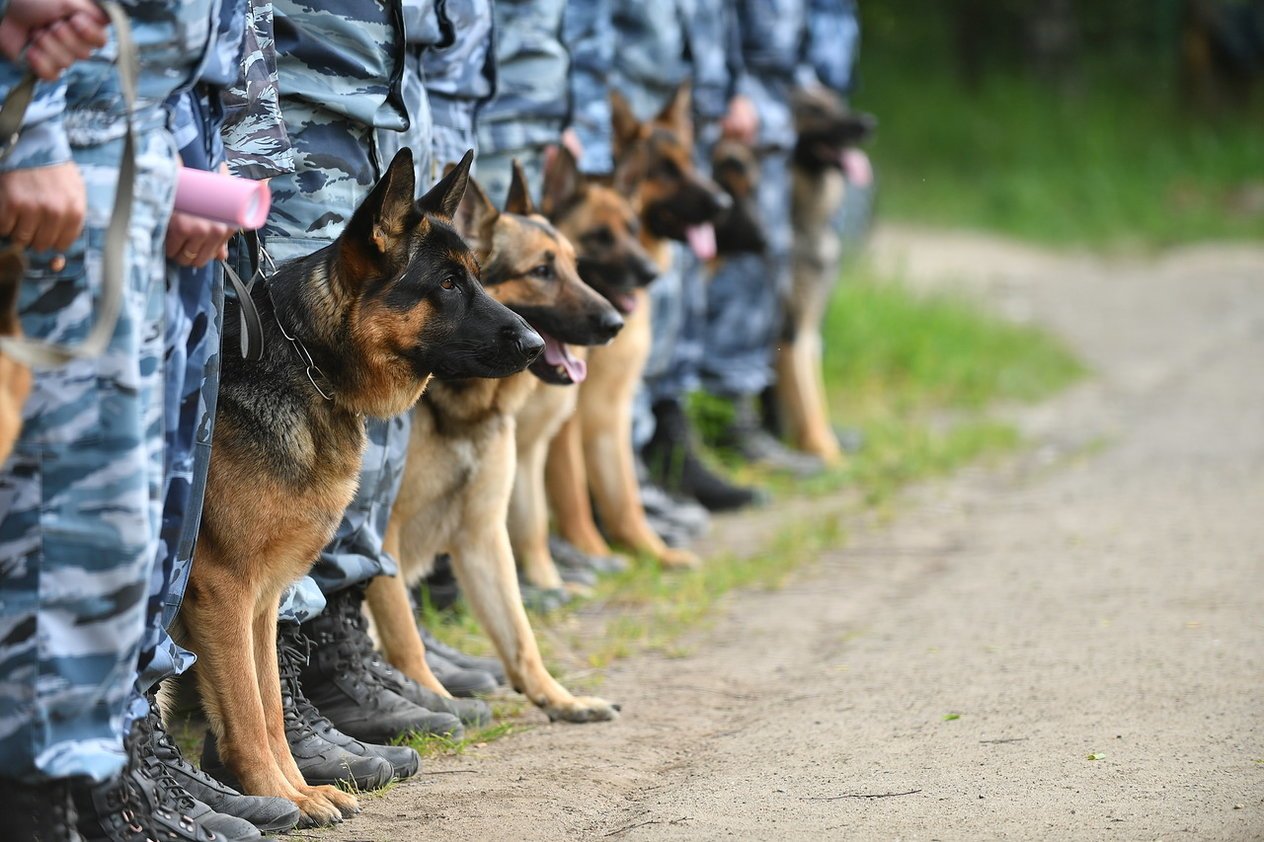
Military German Shepherd Training: German Shepherds have been the backbone of military working dogs (MWDs) for over a century—from WWII messenger dogs to modern Special Forces operatives. But what separates a combat-ready GSD from a typical working K9? This guide reveals the elite training techniques used by armed forces worldwide, with insights from veteran handlers.
Subscribe to us on YouTube | Facebook | Instagram | www.dogsreader.com
(Note: This is Part 9 of our “Specialized Training by Role”
1. Military vs. Police GSDs: Key Differences
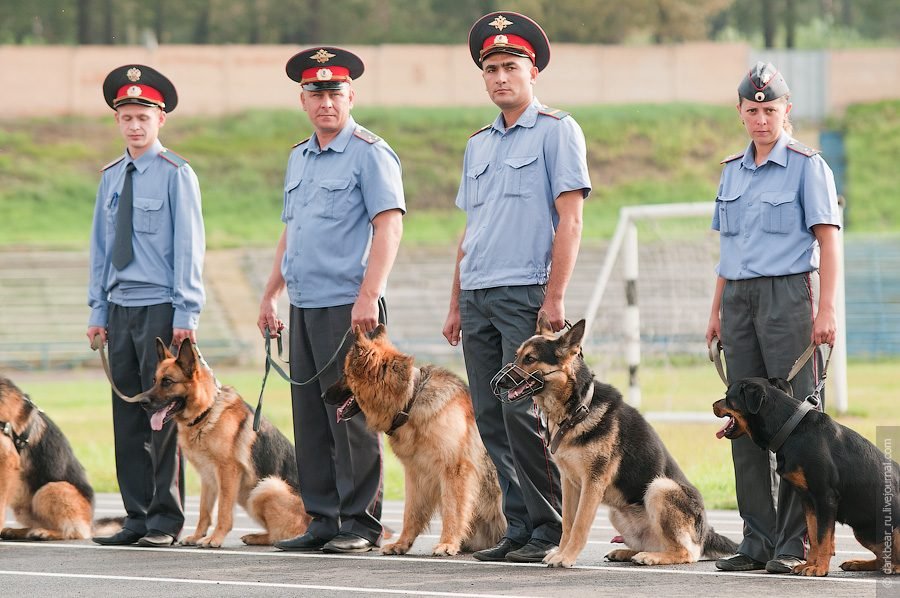
| Factor | Police GSDs | Military GSDs |
|---|---|---|
| Primary Role | Law enforcement, detection | Combat, patrol, explosives |
| Training Focus | Suspect apprehension, crowd control | Silent ops, parachute drops, night missions |
| Environment | Urban areas, predictable threats | War zones, chaotic combat |
| Handler Bond | Works with multiple officers | One dedicated handler |
Key Insight: “Military dogs must ignore gunfire, but police dogs must ignore food distractions. The training reflects that.” – Sgt. Diaz, USMC K9 Unit
2. Specialized Military Training Phases

A. Combat Conditioning (6-12 Months)
- Silent Movement: Train to walk without barking (paw pad conditioning).
- Helicopter/Aircraft Desensitization: Reward calm behavior during takeoff/landing.
- Night Vision Drills: Use IR lights to teach navigation in darkness.
B. Tactical Skills (12-18 Months)
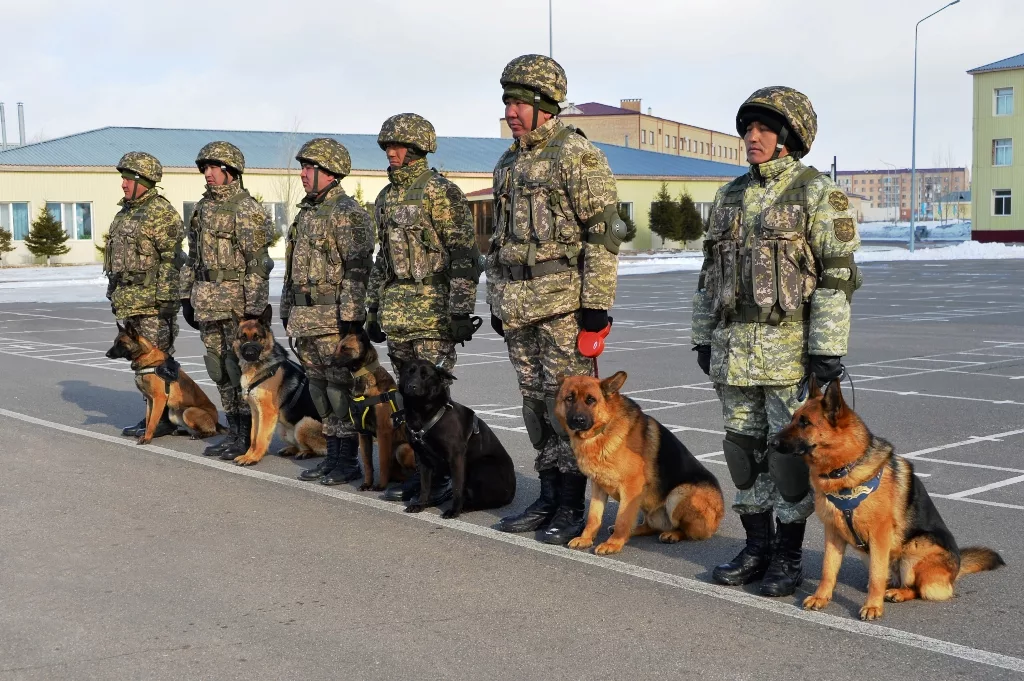
- Explosives Detection: 3x more rigorous than police training (must ID 50+ bomb types).
- Weapon Familiarization: Expose to gunfire while maintaining focus.
- Casualty Extraction: Drag wounded soldiers to safety (harness training).
C. Mission Readiness (18-24 Months)
- Live-Field Exercises: Simulated combat with blank rounds, smoke grenades.
- Multi-Handler Obeys: Respond to other soldiers if primary handler is down.
- MEDEVAC Training: Remain calm during medical evacuations.
3. Elite Commands You Won’t See in Civilian Training
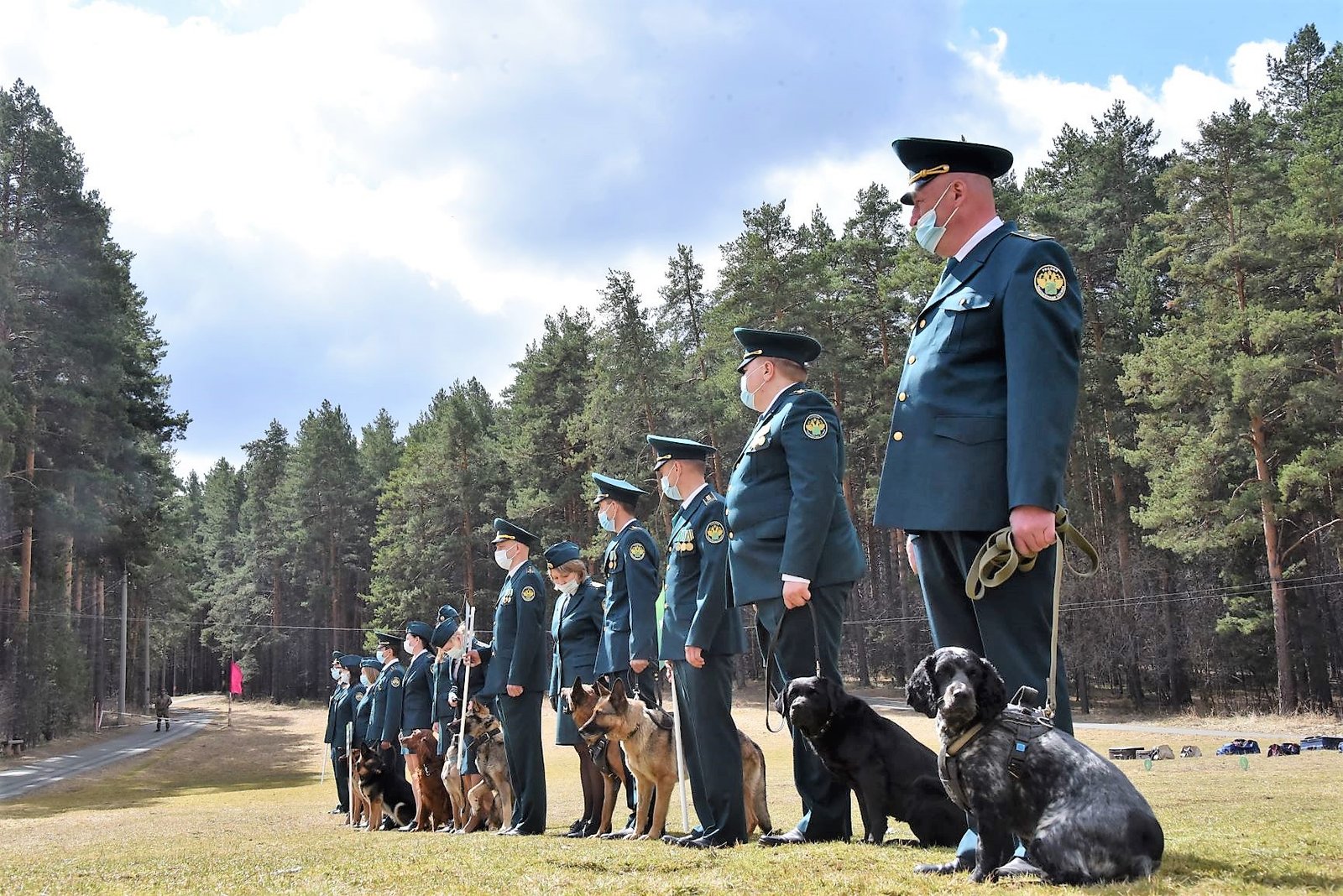
| Command (German) | Purpose | How It’s Trained |
|---|---|---|
| “Such Verloren” (Search for wounded) | Find injured soldiers | Hide “casualties” in debris, reward finds |
| “Kriech” (Crawl) | Stealth movement in combat | Lure with treats under barbed wire |
| “Fernbleib” (Avoid) | Bypass landmines/booby traps | Clicker-train to stop at marker scents |
| “Rückzug” (Retreat) | Fall back under fire | Decoy runs away, dog follows under gunfire sounds |
Warning: These commands require professional supervision—do NOT attempt without a trainer.
4. Real-World Case Study: “K9 Rex” in Afghanistan

Background: 3-year-old GSD, 14 successful missions
Training Highlights:
- IED Detection: Found 7 devices in 2 months (saved 20+ lives).
- Night Ops: Located missing soldier in total darkness.
- Extraction: Dragged wounded Marine 50 yards to safety.
Handler Quote: “Rex didn’t just follow orders—he anticipated threats before we saw them.”
5. Controversies & Ethical Concerns
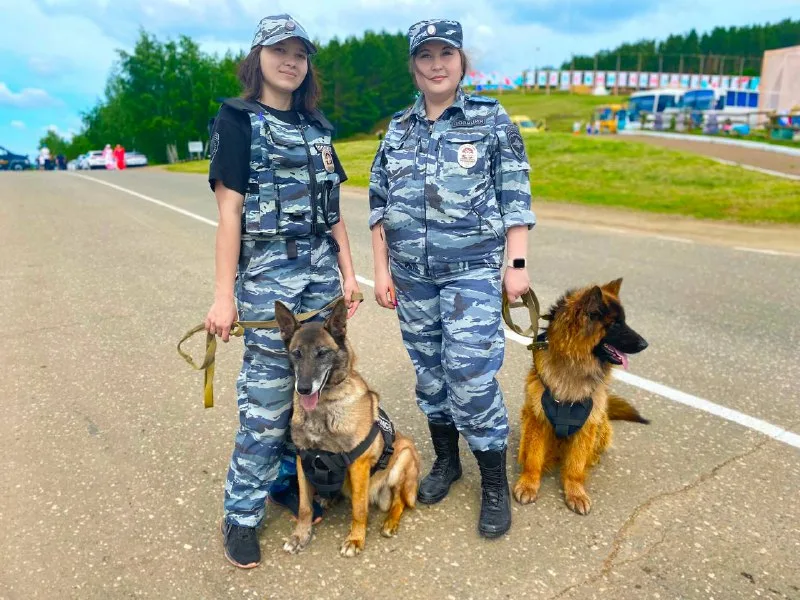
- Combat Stress: 32% of MWDs show PTSD symptoms (panting, hypervigilance).
- Retirement Challenges: Many struggle to adapt to civilian life.
- Breed Debate: Belgian Malinois now outnumber GSDs in Special Ops (lighter, faster).
Veteran Tip: “Adopt retired MWDs only if you’re experienced. These aren’t pets—they’re soldiers.”
6. Could Your GSD Pass Military Training?
Genetic Requirements:
- Hip Score: ≤5/100 (OFA-certified)
- Drive Test: Must chase a decoy through gunfire sounds
- Pain Tolerance: Ignores pepper spray, loud explosions
If You Want to Try (Safely):
Basic obstacle courses
Scent games with hidden “targets”
Noise desensitization (start with fireworks recordings)
Conclusion: The Ultimate Canine Soldier
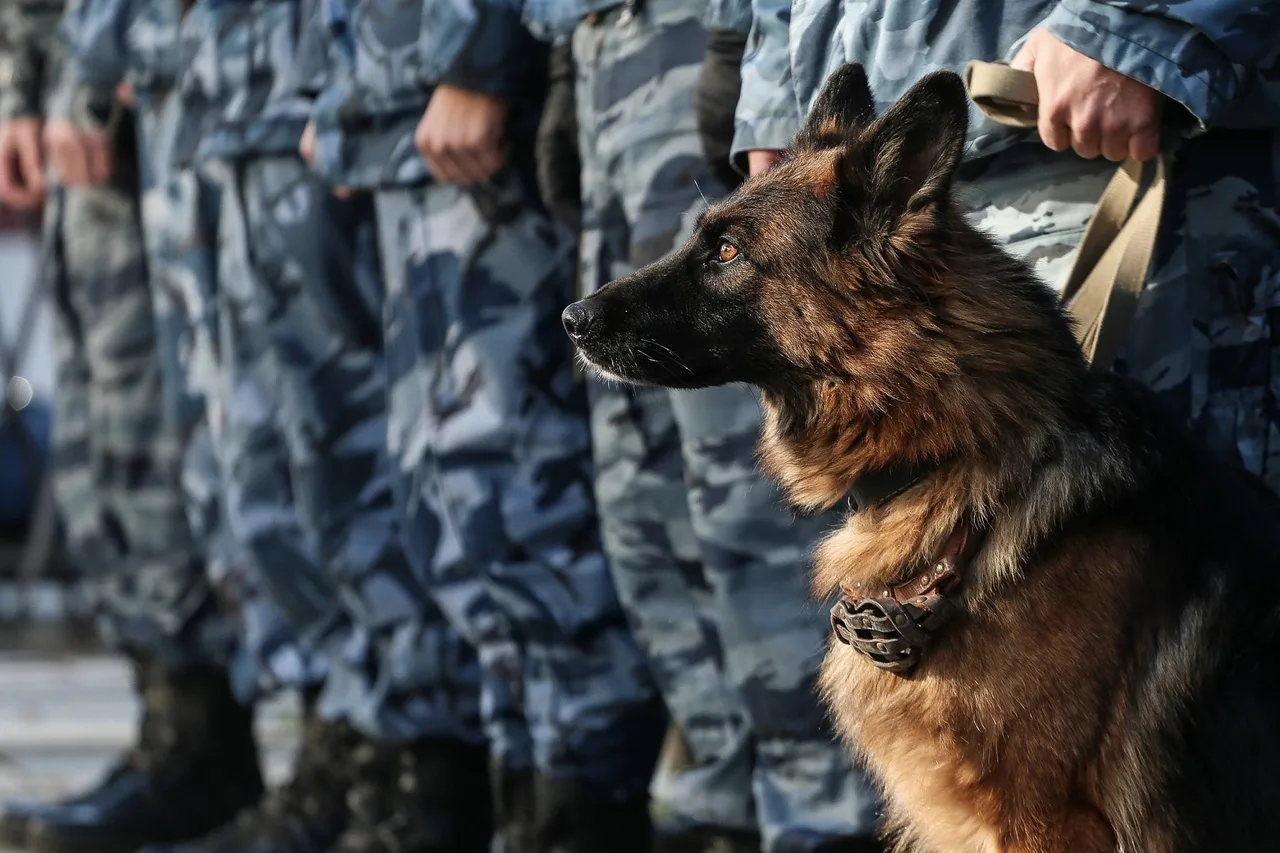
Military German Shepherds represent the pinnacle of canine discipline and bravery. Their training goes far beyond obedience—it’s about saving lives under fire.
Next in Series: Part 10: Therapy GSDs – From Battlefield to Hospital
FAQs: Military German Shepherd Training – Special Ops Canine Secrets

1. What makes German Shepherds ideal for military work compared to other breeds?
German Shepherds dominate military roles because of their:
Unmatched versatility (Can detect explosives, track enemies, and attack on command)
Superior pain tolerance (Work through injuries better than most breeds)
Adaptability to extreme climates (From desert heat to Arctic cold)
Cognitive mapping skills (Remember complex terrain better than Malinois)
Fun Fact: The U.S. military used over 4,000 GSDs in WWII as messengers, scouts, and mine detectors.
2. How are military GSDs selected from puppies?
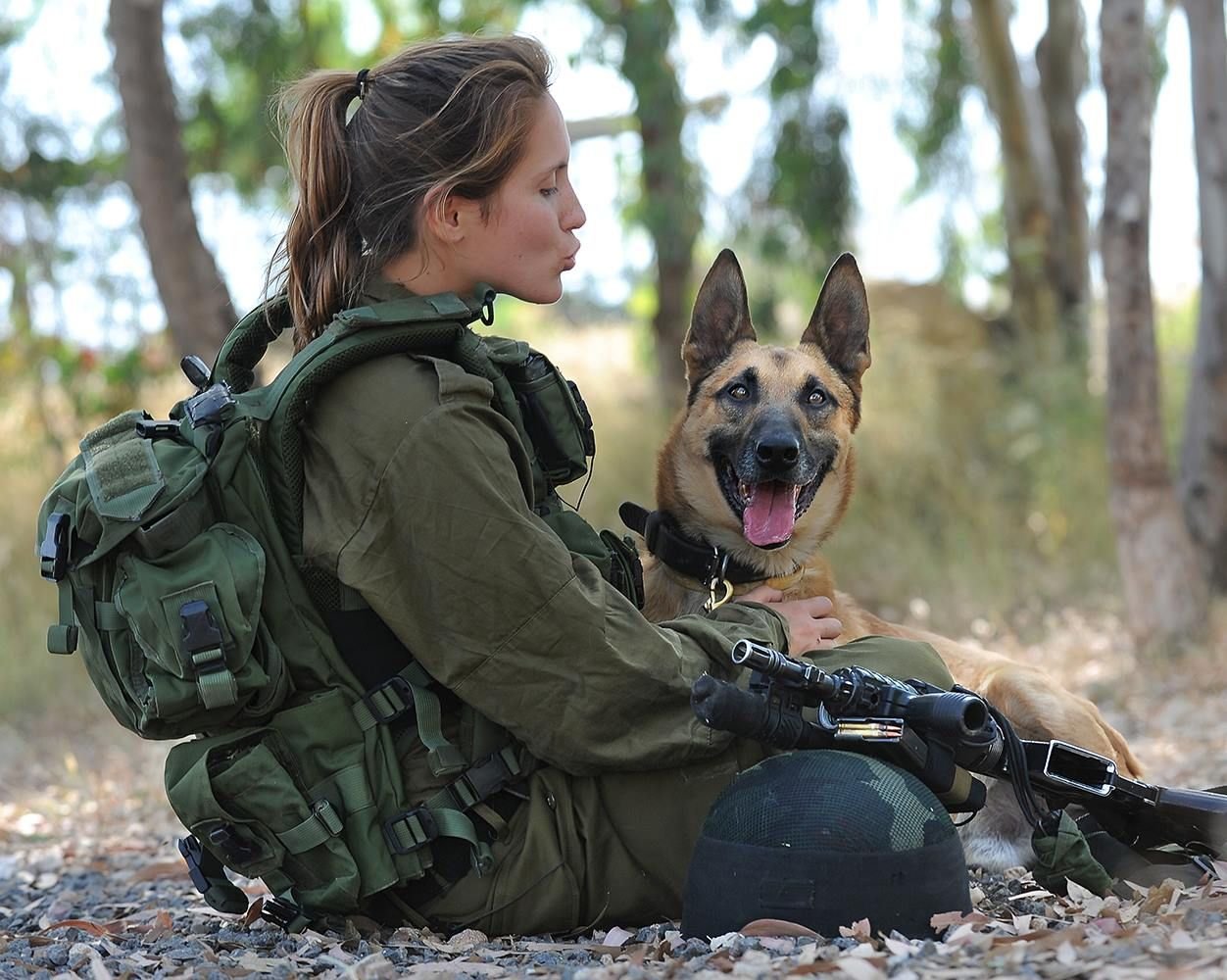
The “Super Dog” Selection Process:
- 8-10 weeks: Test for sound sensitivity (gunfire recordings) and toy obsession
- 4 months: Evaluate pain response (light ear pinch test) and problem-solving
- 6 months: Final hip/elbow X-rays (OFA certification required)
Elimination Rate: 70% fail due to:
- Fear of helicopters (35%)
- Low food/toy drive (25%)
- Hip dysplasia (10%)
3. What’s the difference between police and military bite work training?
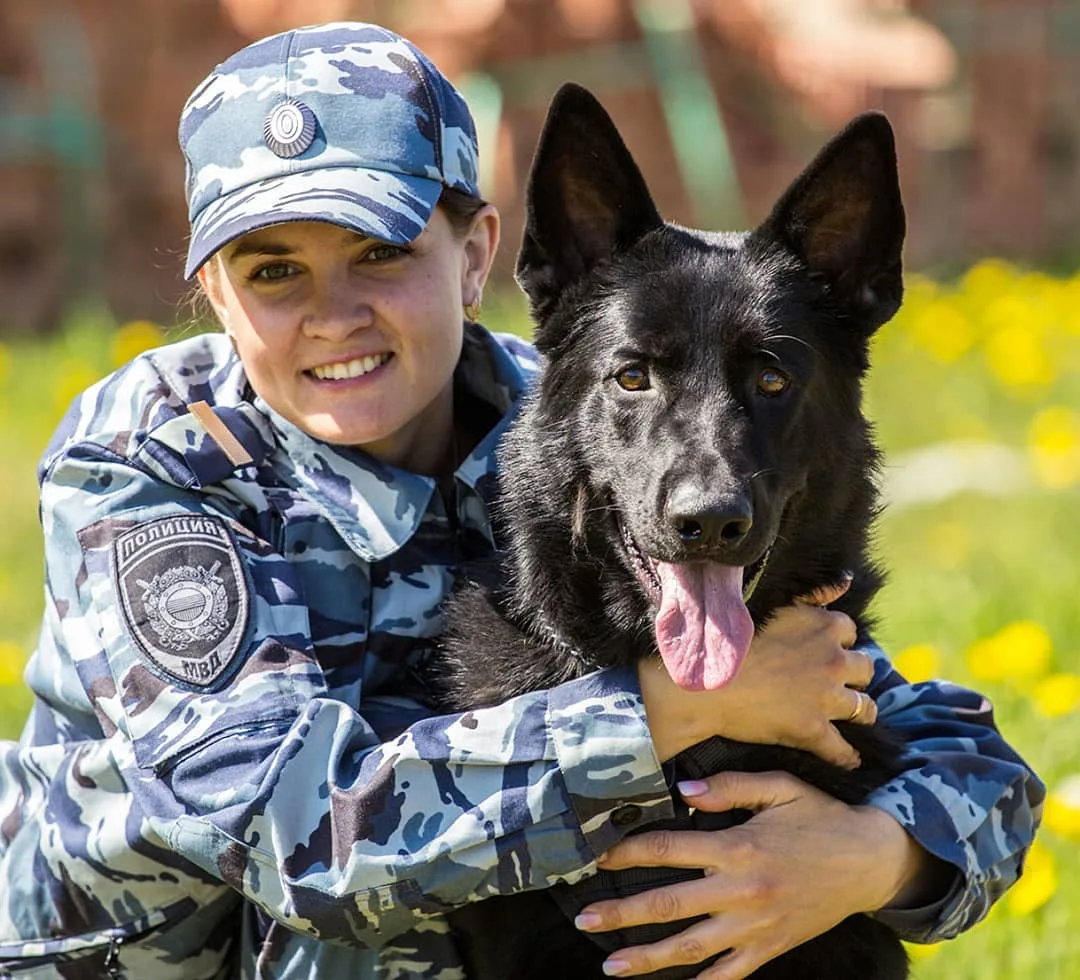
| Aspect | Police Bite Work | Military Bite Work |
|---|---|---|
| Target | Arm/leg (for arrest) | Neck/thigh (to incapacitate) |
| Environment | Urban streets | Battlefield chaos |
| Release | On handler command | Only when threat is neutralized |
| Equipment | Padded sleeves | Full bite suits with armor |
Controversy: Military dogs are trained to re-attack if the target moves, unlike police K9s.
4. How do they train GSDs to ignore gunfire and explosions?
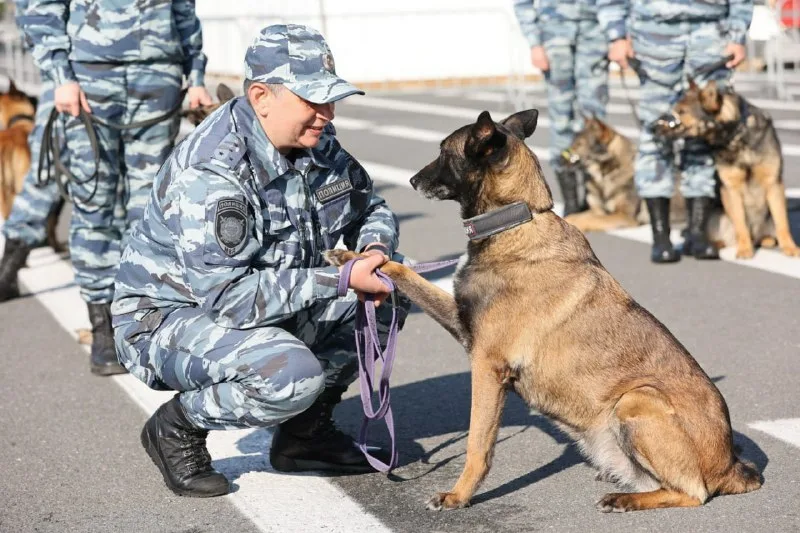
Progressive Desensitization Protocol:
- Start with recorded gunshots at 100dB (treat for calmness)
- Move to live-fire drills at 300m distance
- Advance to shooting over the dog’s head while they work
- Final test: Complete focus during mortar simulators
Critical Window: Must complete by 14 months old or wash out.
5. What languages do military GSDs respond to?
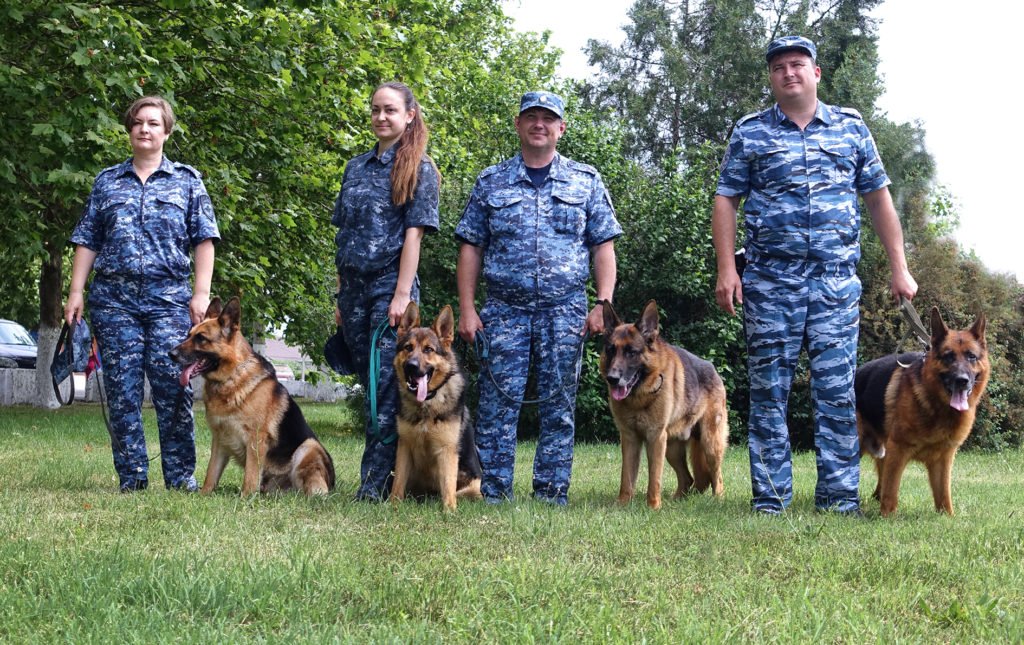
- 70% trained in German/Dutch commands (prevent enemy interference)
- 20% use native language (e.g., Arabic for Middle East deployments)
- 10% learn hand signals only (for ultra-covert ops)
Example: “Fass” (bite) vs. “Aus“ (release) are universal in NATO forces.
6. How accurate are military GSDs at detecting explosives?
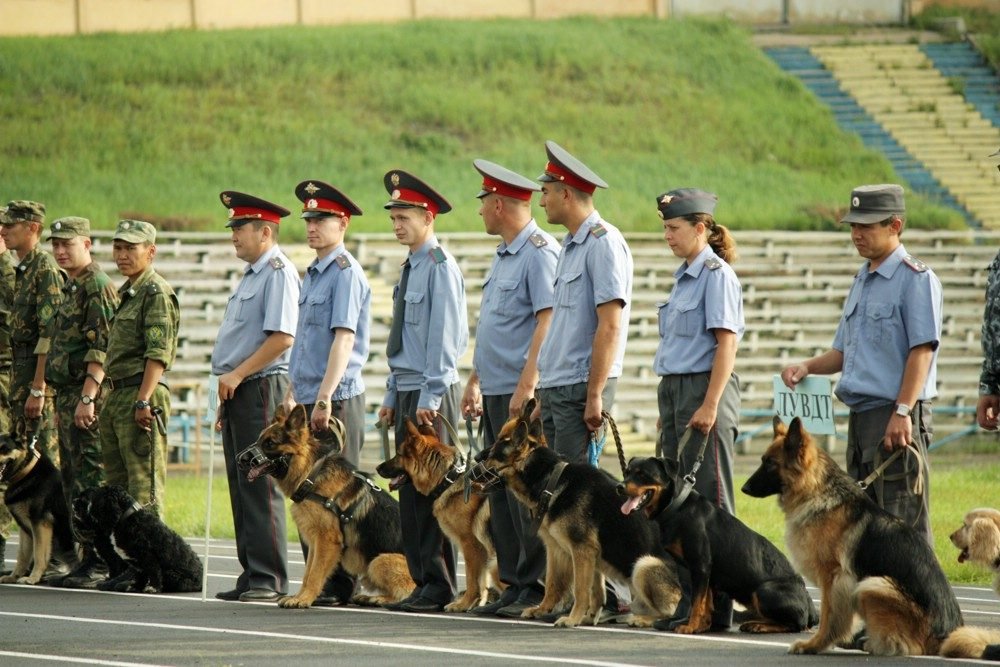
| Explosive Type | Detection Accuracy | False Alarm Rate |
|---|---|---|
| TNT | 98% | 2% |
| C4 | 95% | 5% |
| IEDs (homemade) | 82% | 18% |
Why IEDs Are Harder: Varied chemical signatures and hidden triggers.
7. Do military GSDs get PTSD?
Symptoms Seen in 1/3 of Combat Dogs:
- Hypervigilance (can’t relax off-duty)
- Noise phobias (reacting to backfires)
- Appetite loss
Treatment:
- Desensitization therapy (gradual exposure)
- Canine Prozac (fluoxetine prescriptions)
- Early retirement if severe
8. What happens to failed military GSD candidates?
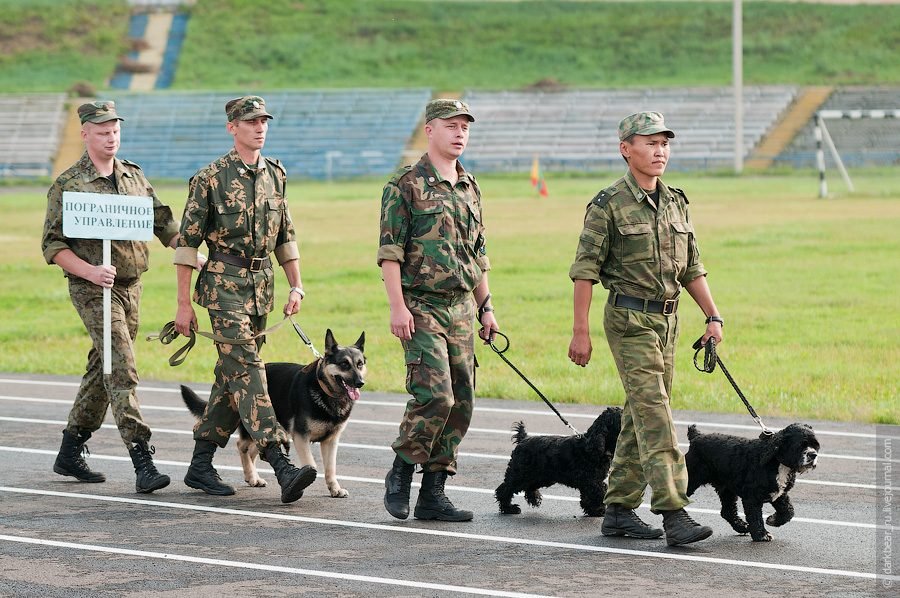
- 45% become police/security dogs
- 30% adopted by handlers’ families
- 25% transferred to ally nations’ militaries
Rarest Outcome: Some become Hollywood animal actors (e.g., dogs in 12 Strong were washouts).
9. Can civilians adopt retired military GSDs?
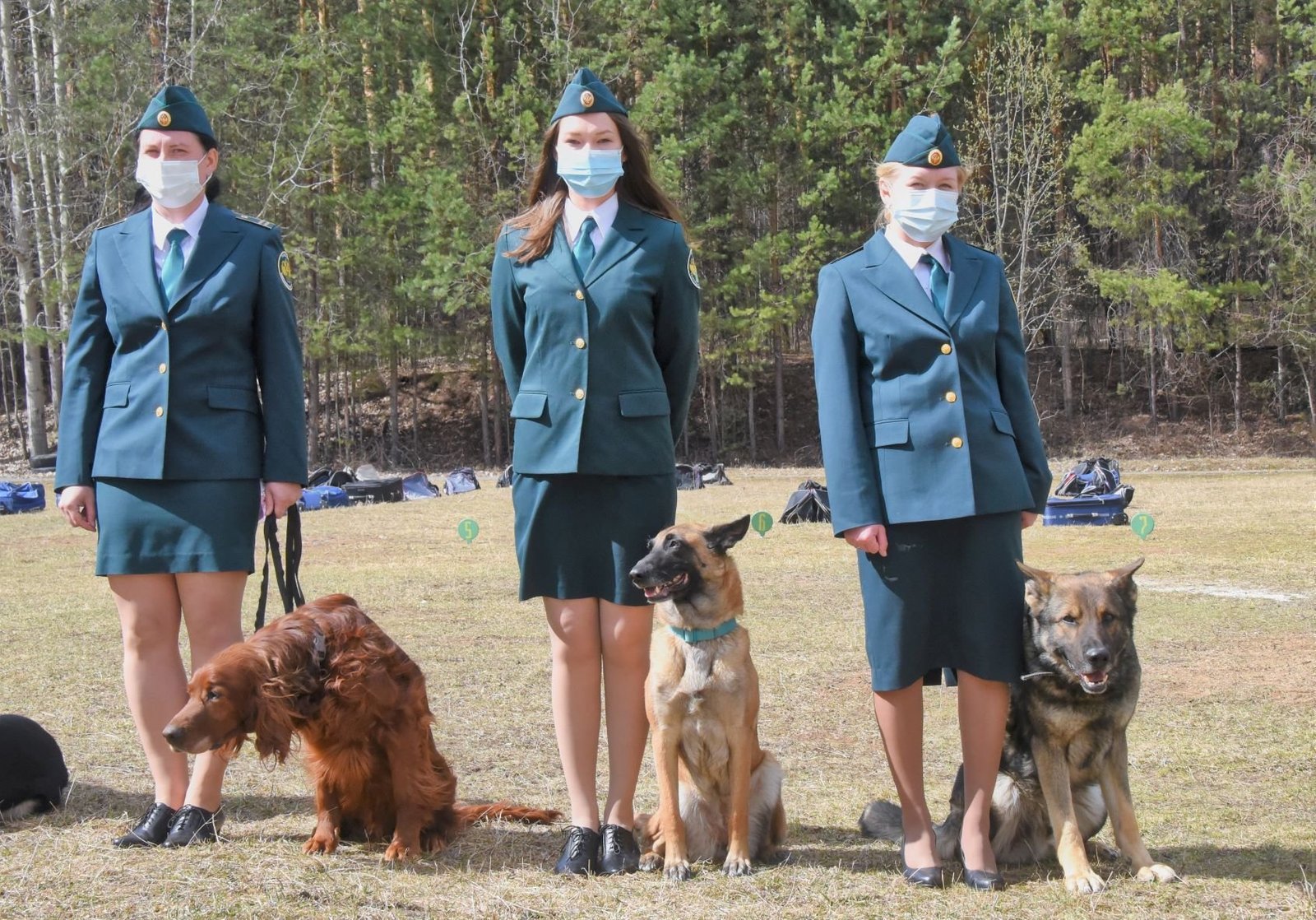
Requirements:
- No children under 12 (bite risk)
- 6-foot secure fencing
- Prior working dog experience
- 800−2000 adoption fee
Warning: Many retain combat instincts (may attack if startled).
10. Why are Malinois replacing GSDs in Special Forces?
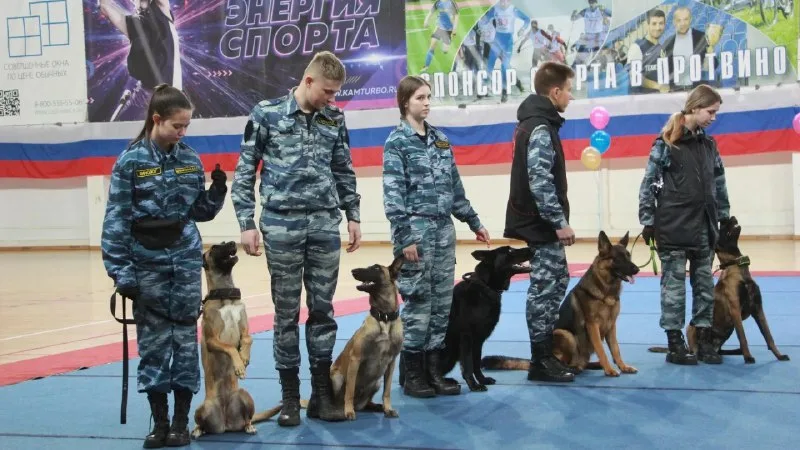
| Trait | German Shepherd | Belgian Malinois |
|---|---|---|
| Weight | 75-95 lbs | 60-80 lbs |
| Speed | 30 mph | 35 mph |
| Endurance | 6-hour patrols | 8-hour patrols |
| Heat Tolerance | Moderate | Excellent |
But GSDs Still Dominate:
- Search/rescue (better scent stamina)
- Arctic ops (thicker coats)
- Multi-purpose roles
11. How long do military GSDs serve?
- Average Career: 6-8 years
- Peak Performance: Ages 3-5
- Retirement Age: 9-10 years old
Post-Service Life Expectancy: 2-4 years (shorter than pets due to combat stress).
12. Do military dogs receive medals?

U.S. Military Awards:
- K9 Medal of Courage (for valor)
- PDSA Dickin Medal (UK’s animal Victoria Cross)
- Custom Unit Patches (worn on vests)
Most Decorated: “Lucca” (Marine Corps) – 100+ missions, lost a leg to IED.
13. What gear do military GSDs use?
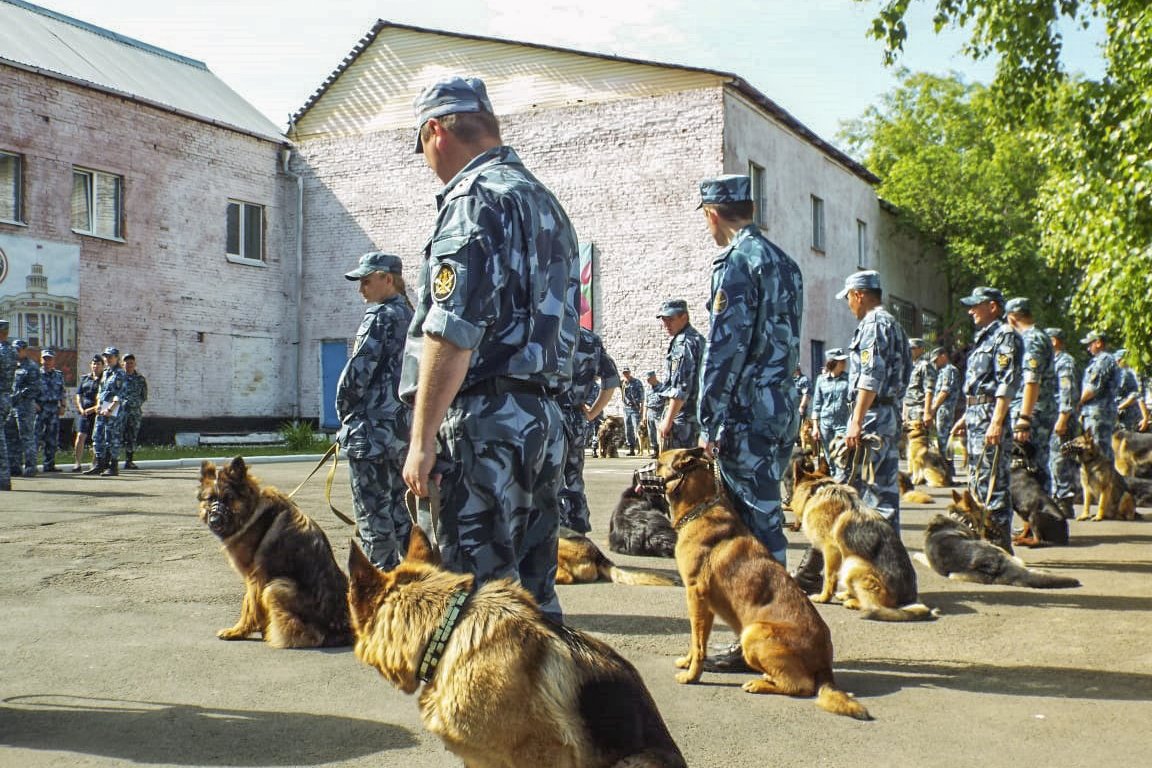
- Tactical Vests ($2,500+ with cameras/radios)
- Doggles (UV/ballistic eye protection)
- ParaK9 Harnesses (for helicopter insertions)
- Cooling Vests (for desert ops)
14. How much does a trained military GSD cost?
- Initial Training: $150,000+ (over 2 years)
- Annual Maintenance: $25,000 (vet, gear, handler)
- Lifetime Value: Priceless (saves 50-100 lives average)
15. Could my pet GSD pass military training?
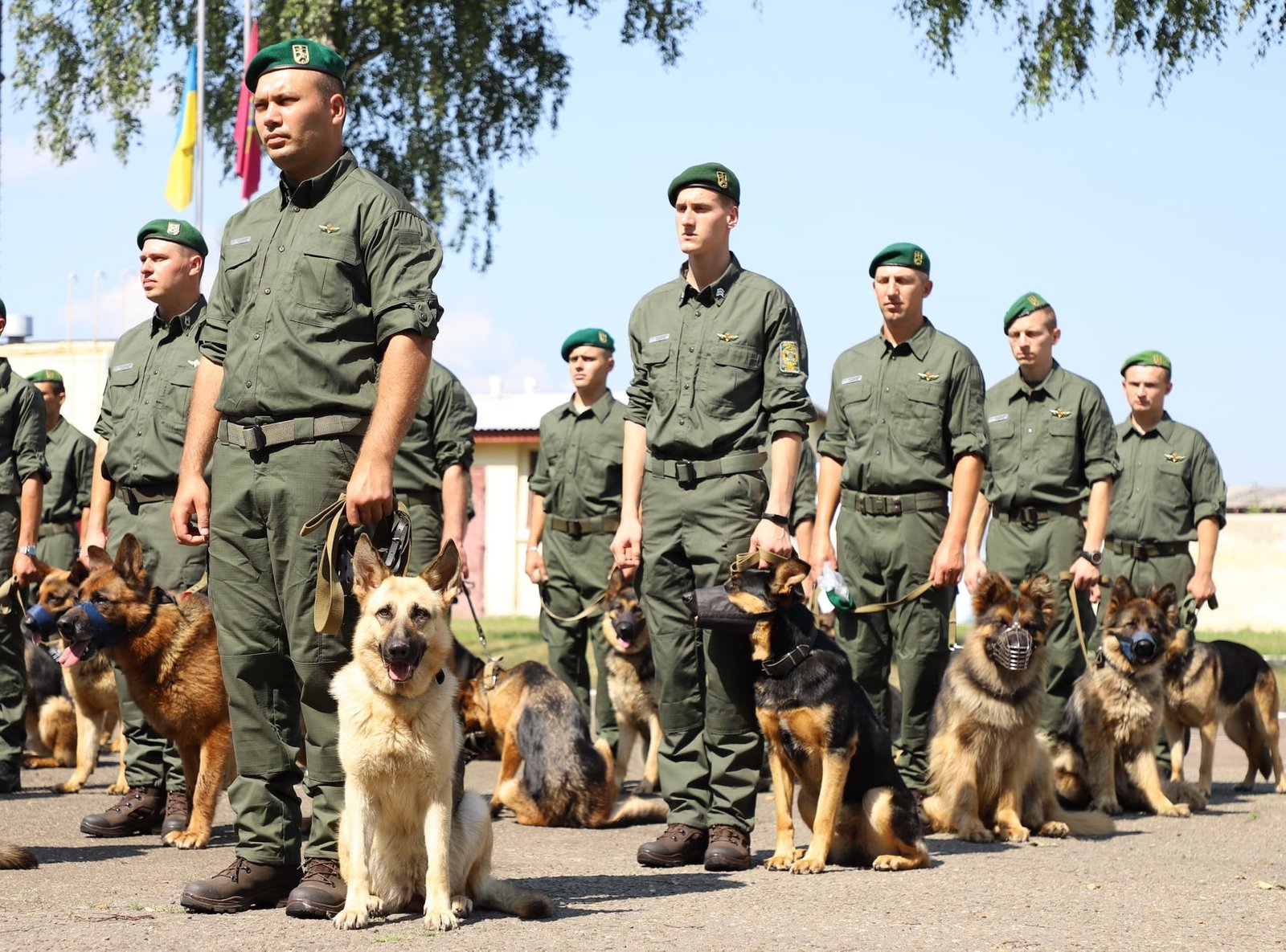
0.01% Chance If Your Dog:
- Ignores food/treats when working
- Charges into gunfire for a toy
- Recovers instantly from explosions
- Has OFA Excellent hips
Reality Check: Even top show-line GSDs usually fail—military dogs come from specialized working lines.
Final Thought
Military German Shepherds represent the 1% of canine athletes, bred and trained for life-or-death missions. Their sacrifice deserves our deepest respect.
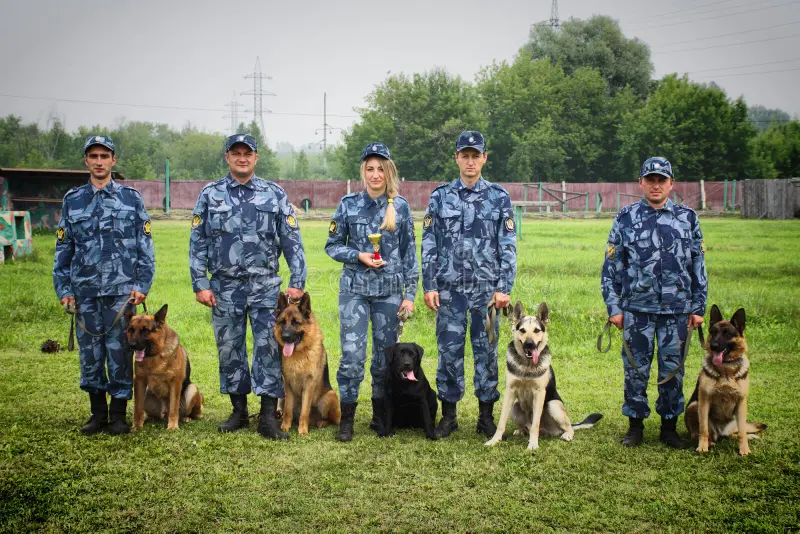
Working Breeds
Healing Paws: How Retired German Shepherds Become Heroes Again in Civilian Life
Working Breeds
Training for Transition: Preparing Working Dogs for Life After Service

Part 12 of the German Shepherd Series on DogsReader
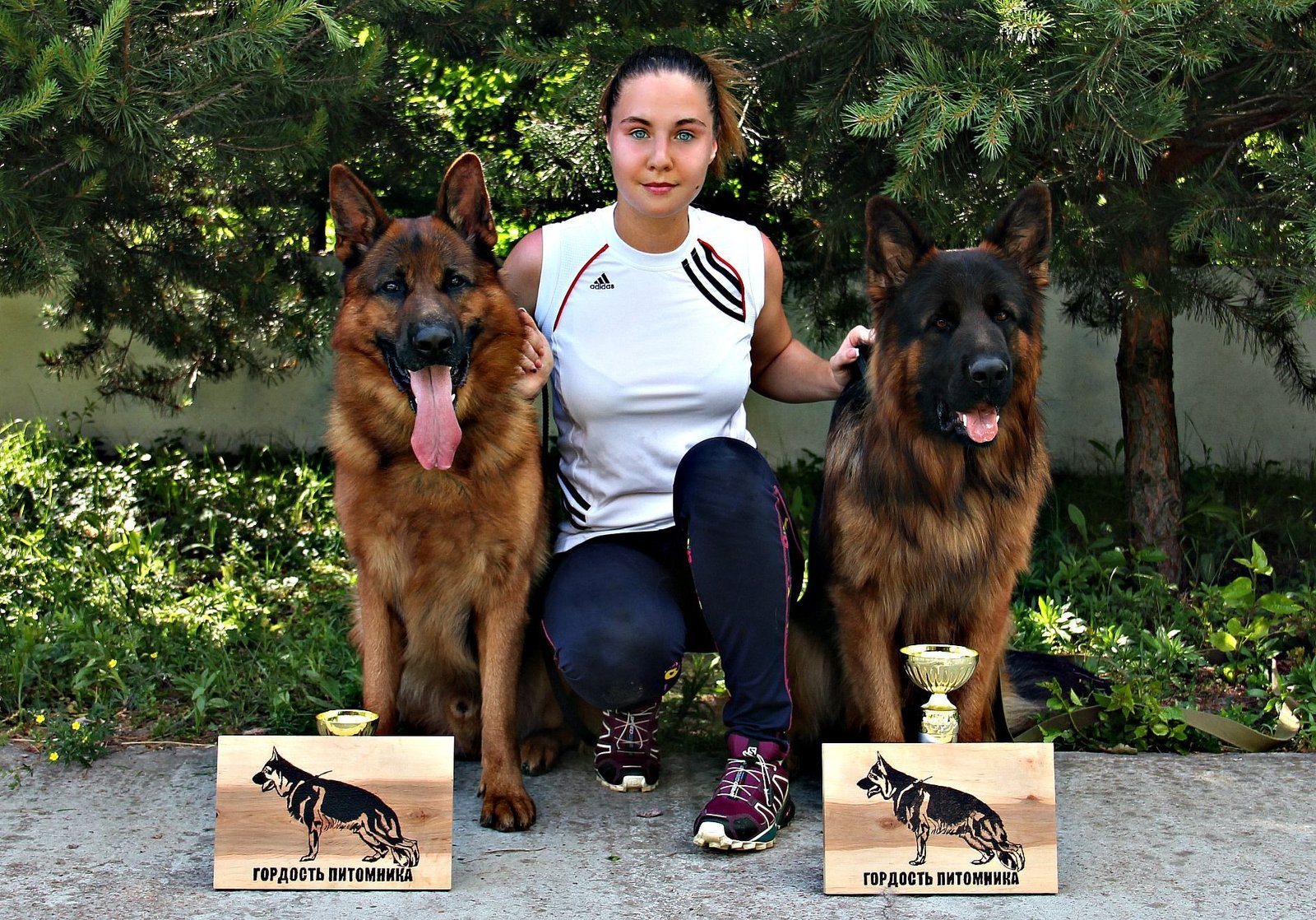
Training for Transition: Retired police and military German Shepherds are celebrated for their bravery, discipline, and unwavering loyalty. But when their service ends, these dogs face a new challenge: adapting to civilian life. While many transition smoothly into loving homes, others need specialized training and rehabilitation to shed the rigors of duty and embrace the comforts of family life.
This article explores what it takes to prepare a working K9 for retirement—from decompression techniques to socialization strategies—and how adopters, handlers, and organizations collaborate to give these heroes the peaceful retirement they deserve.
Subscribe to us on YouTube | Facebook | Instagram | www.dogsreader.com
The Challenges of Transition
Working dogs spend years in high-stakes environments, where their instincts are honed for detection, patrol, and apprehension. Retirement means:
- Adjusting to unstructured time – No more scheduled drills or commands.
- Reducing hyper-vigilance – Learning to relax instead of staying constantly alert.
- Socializing with civilians & pets – Many have never lived in a home or interacted with children or other animals.
Without proper preparation, some dogs struggle with anxiety, confusion, or even depression.
How Retired K9s Are Prepared for Civilian Life

1. Decompression & Detraining
Before adoption, many retired working dogs undergo a “decompression period” where they gradually step down from high-intensity training. Handlers may:
- Replace bite work with puzzle toys.
- Reduce obedience drills in favor of free play.
- Introduce calm environments to lower stress levels.
2. Socialization Training
Since many working dogs are trained to be wary of strangers, controlled exposure is key. Rescue organizations often:
- Introduce them to friendly, unfamiliar people in low-pressure settings.
- Test their reactions to household noises (vacuum cleaners, doorbells, etc.).
- Slowly expose them to other pets if they’ll be living in a multi-animal home.
3. Handler-to-Adopter Handoff
A smooth transition depends on clear communication between the dog’s former handler and new family. Many programs include:
- Detailed behavioral assessments – Identifying triggers (e.g., loud noises, sudden movements).
- Trial periods – Ensuring the dog and family are a good fit before finalizing adoption.
- Ongoing support – Some organizations offer post-adoption training consultations.
Success Stories: From Duty to Domestic Bliss

- Rex, a former patrol dog, initially struggled with relaxation. His adopters used scent games (a familiar skill) to redirect his focus, and within months, he became a gentle companion.
- Lena, an explosives detection K9, was fearful of household appliances. Through gradual exposure, she learned to ignore blenders and washing machines—and now naps through vacuuming.
How Adopters Can Help
If you’re considering adopting a retired working dog:
Be patient – Transitioning can take weeks or months.
Provide structure – Maintain routines for feeding and exercise.
Use positive reinforcement – Reward calm behavior, not just obedience.
Stay in touch with trainers – Many groups offer lifelong support.
Closing Statement
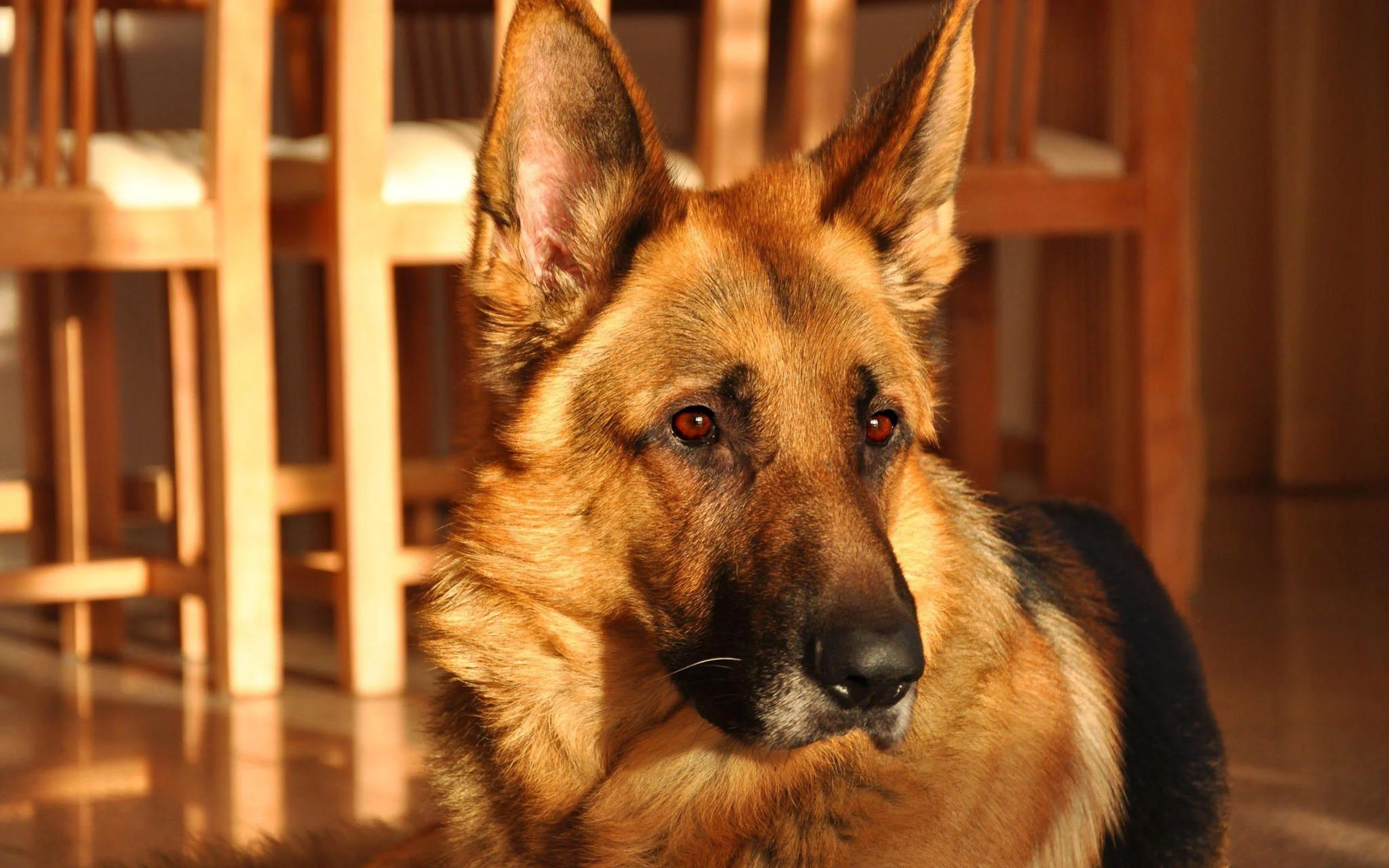
Retirement should be a reward—not a struggle—for dogs who’ve spent years in service. With the right training and support, these intelligent, loyal animals can thrive in their new roles as beloved family members.
Interested in adopting a retired K9? Reach out to organizations like Mission K9 Rescue or Save a Vet to learn more about available dogs and their needs.
You Might Also Like:
- “From Duty to Family: How Retired Police & Military German Shepherds Find New Purpose”
- “The Science Behind a Working Dog’s Training: What Makes Them So Exceptional?”
Frequently Asked Questions (FAQs)

1. How long does it take for a retired working dog to adjust to home life?
The adjustment period varies—some dogs adapt within weeks, while others may need several months. Factors like the dog’s age, length of service, and temperament play a role. Patience and consistency are key.
2. Are retired police/military dogs aggressive?

Not inherently. These dogs are trained to follow commands precisely, but they may have heightened instincts (e.g., suspicion of strangers). Proper decompression and socialization usually mitigate any unwanted behaviors.
3. Can retired K9s live with children or other pets?
Many can, but introductions should be slow and supervised. Some dogs adapt quickly, while others may need ongoing training. Organizations typically assess a dog’s compatibility before adoption.
4. Do retired working dogs need special medical care?
They may have wear-and-tear injuries (e.g., hip dysplasia, arthritis) from their service. Adopters should budget for potential vet visits and consider pet insurance.
5. What’s the best way to train a retired K9 at home?
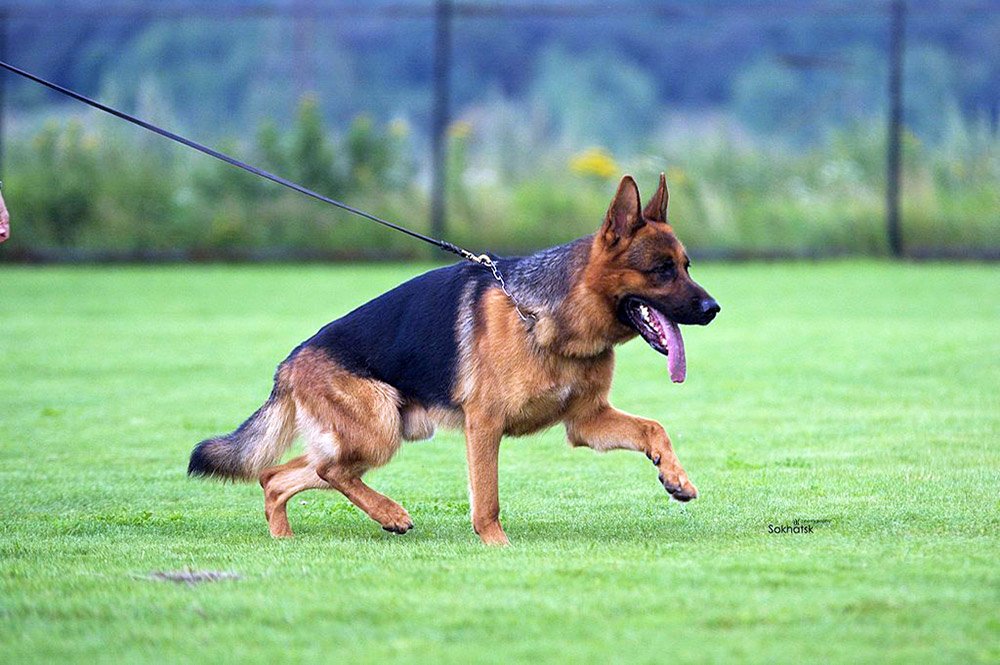
- Use positive reinforcement (treats, praise) rather than harsh corrections.
- Keep training sessions short to avoid frustration.
- Incorporate mental stimulation (scent games, puzzles) to replace their “job.”
6. Where can I adopt a retired police or military dog?
Reputable organizations include:
- Mission K9 Rescue
- Save a Vet
- Local law enforcement K9 units (some facilitate adoptions directly).
7. Are these dogs good for first-time owners?
They can be, but they often require an experienced or committed adopter familiar with large, high-energy breeds. First-time owners should work closely with trainers.
8. Do retired working dogs make good emotional support animals?
Some do, especially if they’ve been retrained for calm environments. However, their natural alertness may not suit all ESA needs—evaluate the individual dog’s temperament.
Want to learn more? Check out our related article: “From Duty to Family: How Retired Police & Military German Shepherds Find New Purpose.”
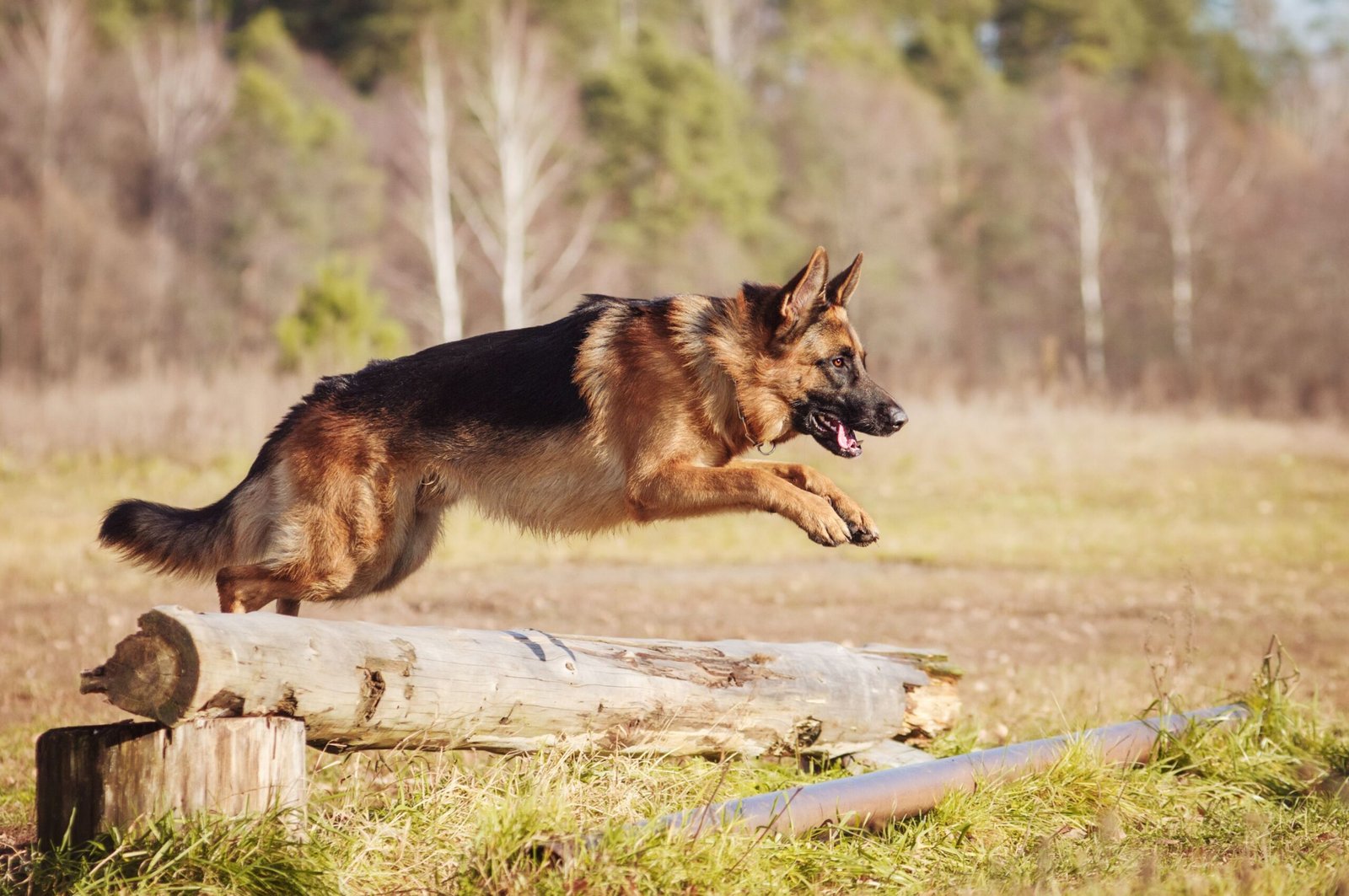
Working Breeds
From Duty to Family: How Retired Police & Military German Shepherd Find New Purpose

Part 11 of the German Shepherd Series on DogsReader

From Duty to Family: For years, they’ve served on the front lines—sniffing out explosives, tracking suspects, and saving lives. But what happens when police and military dogs retire? Unlike human veterans, these K9 heroes don’t receive pensions or automatic healthcare. Instead, their fate depends on adoption programs, compassionate handlers, and families willing to give them a second chance at life.
In this article, we’ll explore the journey of retired working dogs—from their final missions to their new roles as beloved pets, therapy companions, and even social media stars. We’ll also cover how you can adopt or support these four-legged veterans.
Subscribe to us on YouTube | Facebook | Instagram | www.dogsreader.com
1. The Life of a Working K9: A Career of Service

Police and military dogs—often German Shepherds, Belgian Malinois, Dutch Shepherds, or Labrador Retrievers—are trained for:
- Explosive & Narcotics Detection
- Search and Rescue (SAR) Missions
- Patrol & Apprehension Work
- Combat Support in Military Operations
These dogs endure rigorous training and high-stress environments, forming unbreakable bonds with their handlers. But just like human officers or soldiers, they eventually age out of service—usually between 6-10 years old due to physical wear or declining performance.
2. The Retirement Dilemma: What Happens Next?
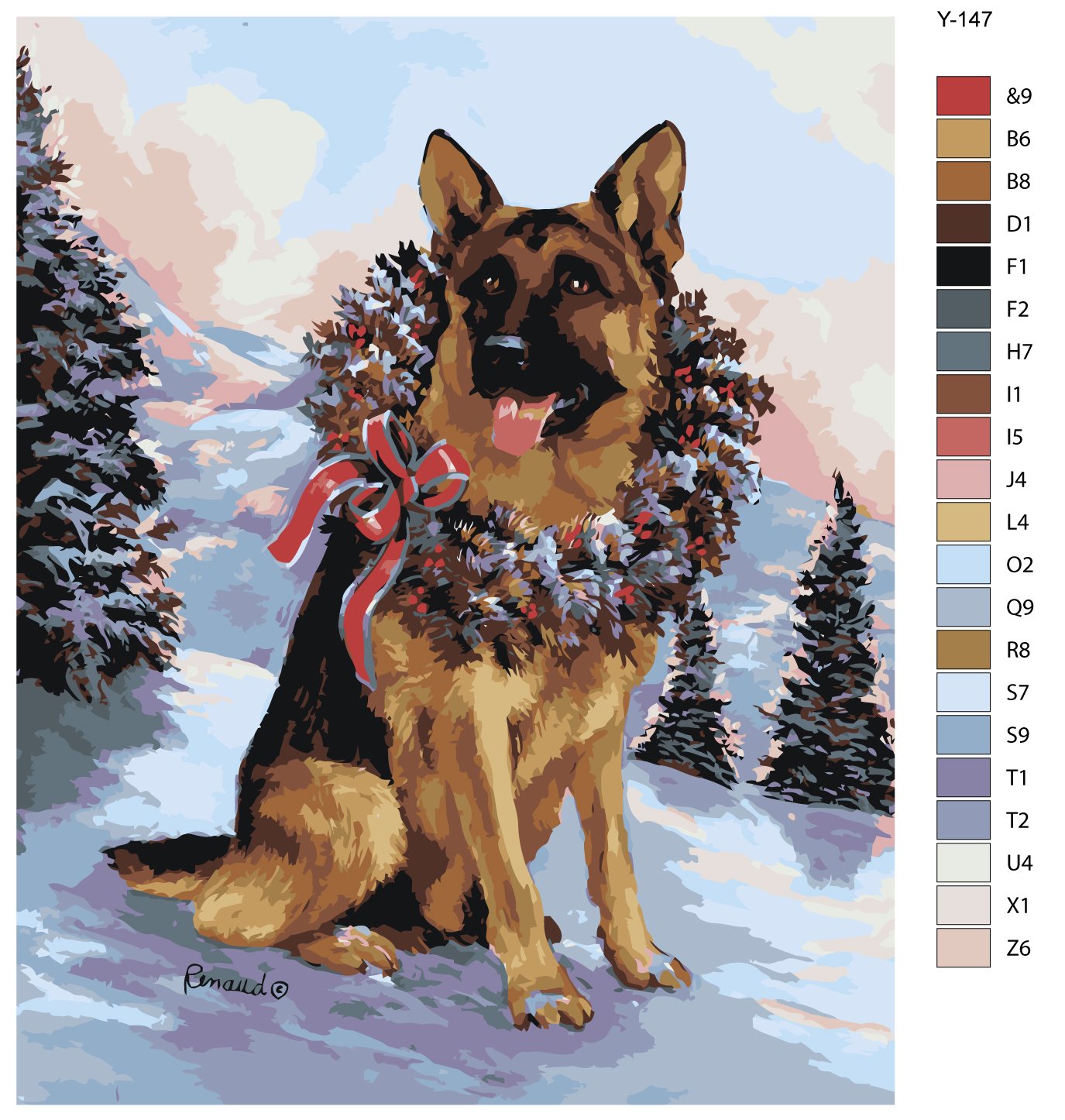
Unlike in movies, not all retired K9s stay with their handlers. While some are lucky enough to be adopted by their human partners, others face uncertain futures due to:
- Lack of Retirement Policies (Some agencies still euthanize or abandon them.)
- Medical Issues (Hip dysplasia, arthritis, PTSD-like anxiety.)
- Behavioral Challenges (High drive, difficulty adjusting to civilian life.)
From Duty to Family: Thankfully, organizations like Mission K9 Rescue, Save a Vet’s K9, and The United States War Dogs Association are stepping in to ensure these heroes get the retirement they deserve.
3. Adopting a Retired K9: What You Need to Know

The Adoption Process
- Many retired K9s are available through official military/police adoption programs or nonprofits.
- Some require special applications due to the dog’s training and temperament.
- Adoption fees typically range from 0−500, covering medical checks.
Adjusting to Home Life
- They may still “work” (alerting to scents, patrolling the house).
- Structured routines help—these dogs thrive on consistency.
- Older dogs need joint care (glucosamine supplements, orthopedic beds).
Success Stories
- “Kaiser” – A retired Marine Corps bomb-sniffing dog now helps kids with anxiety.
- “Rex” – A former police K9 turned Instagram star (@RexTheRetiredK9).
4. How You Can Help Retired K9s

Even if you can’t adopt, you can still support these heroes by:
Donating to K9 retirement nonprofits.
Volunteering as a foster home.
Advocating for laws that protect retired working dogs.
Closing Statement

From Duty to Family: Retired police and military dogs don’t stop being heroes—they just shift missions. Whether as loyal pets, therapy animals, or ambassadors for working dogs everywhere, they prove that every K9 deserves love after service.
Up Next in This Series:
“Paws of Honor: How Adopted Military Dogs Help Veterans Heal” (A deep dive into the bond between retired K9s and former soldiers.)
FAQs About Adopting Retired Police & Military Dogs
1. Can anyone adopt a retired K9?
Not always. Many organizations prioritize:
- Former handlers (if the dog has a strong bond).
- Experienced dog owners (due to specialized training needs).
- Homes without small children (some retired K9s have high prey drives).
2. Do retired K9s make good family pets?
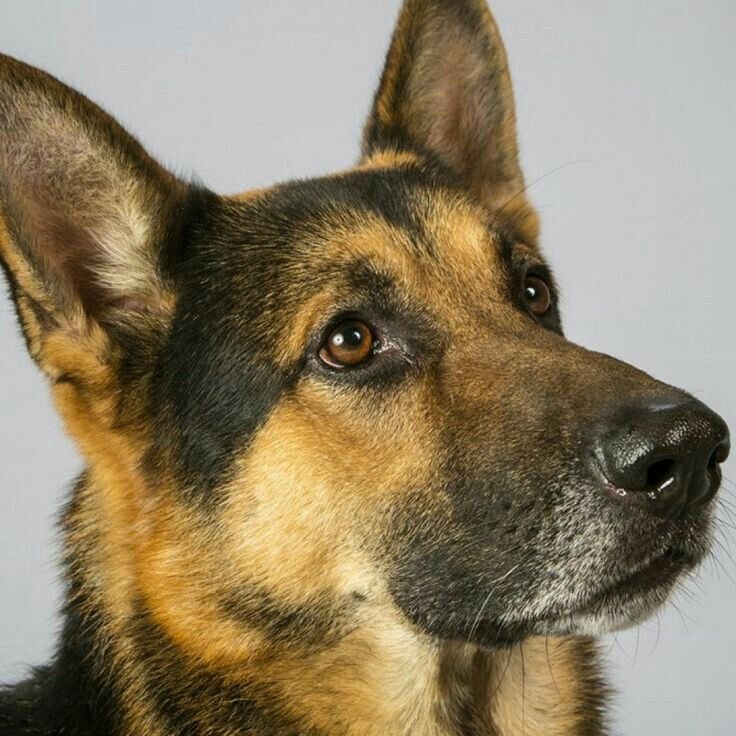
Yes, but they require:
- Structure & routine (they’re used to disciplined environments).
- Patience (may take months to adjust to “civilian life”).
- Ongoing training (to redirect their “work” instincts).
3. Are retired police/military dogs aggressive?
Rarely. They’re trained for controlled aggression (e.g., biting on command). Post-retirement, most adapt well—but they may still:
- Bark at strangers approaching the house.
- “Alert” to scents (like explosives, even in harmless objects).
4. What health issues do retired K9s face?
Common problems include:
- Hip/joint dysplasia (from years of physical strain).
- PTSD-like anxiety (loud noises, sudden movements).
- Dental issues (from biting sleeves during training).
5. How can I adopt a retired K9?
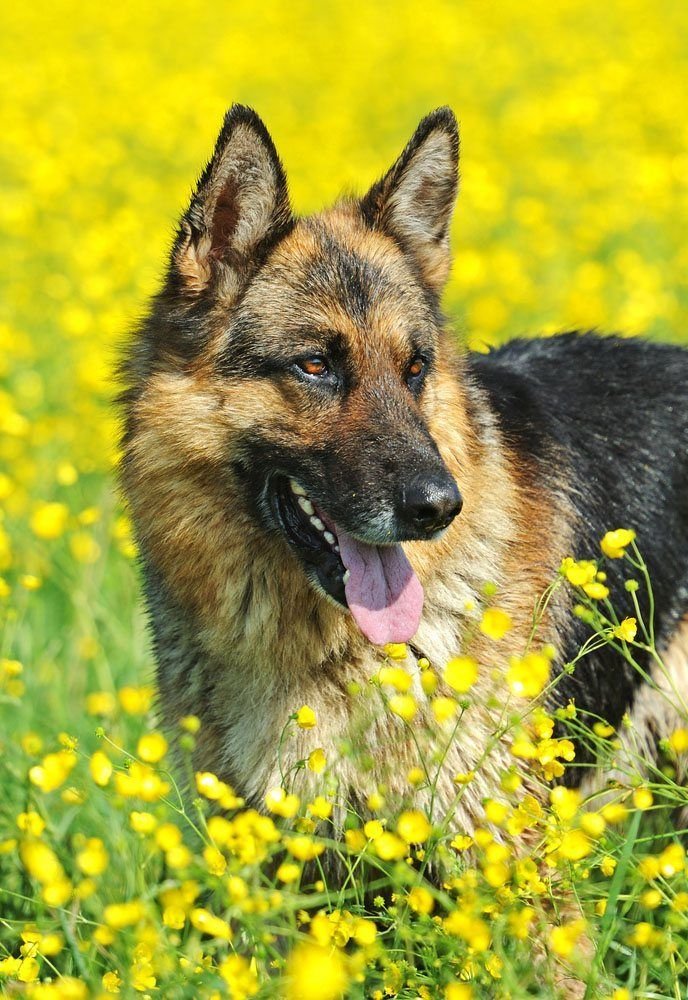
- U.S. Programs: Mission K9 Rescue, Save a Vet’s K9.
- Military Dogs: Apply via DoD Military Working Dog Adoption.
- Police Dogs: Contact local departments (some allow public adoptions).
6. Can retired K9s be retrained as therapy dogs?
Absolutely! Many excel in:
- Veteran PTSD support.
- Hospital/hospice visits (if they’re sociable).
- School reading programs (calm dogs only).
7. How much does adoption cost?
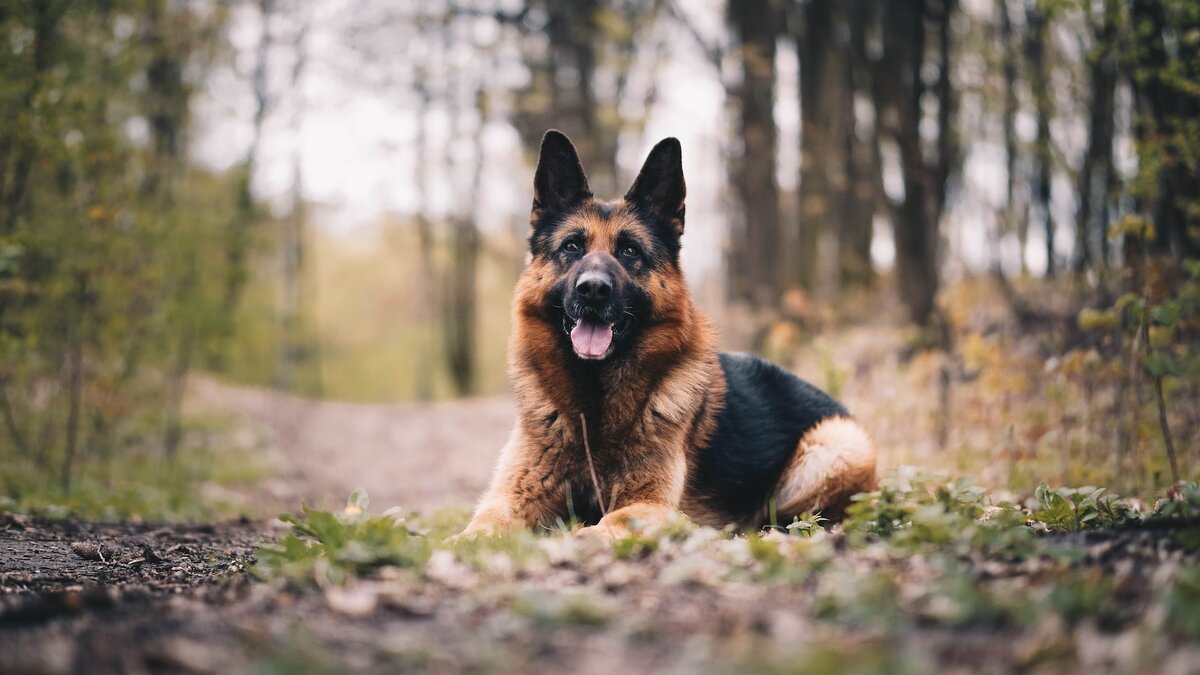
$ 500, depending on the program. Fees often cover:
-
- Spay/neuter.
- Vaccinations.
- Microchipping.
-

 SMALL DOG BREEDS5 months ago
SMALL DOG BREEDS5 months agoMerle Chihuahua: A Comprehensive Guide
-

 SMALL DOG BREEDS5 months ago
SMALL DOG BREEDS5 months agoMaltese: A Beloved Companion
-

 Large Breeds4 months ago
Large Breeds4 months agoSamoyeds Hypoallergenic: Closer Look at the Breed
-

 SMALL DOG BREEDS5 months ago
SMALL DOG BREEDS5 months agoMerle Pomeranian: A Adorable Companion
-

 Large Breeds4 months ago
Large Breeds4 months agoStandard Poodle Weight: Country Wise
-

 MEDIUM BREEDS4 months ago
MEDIUM BREEDS4 months agoAmerican Water Spaniel Colors Chocolate In Crcols:
-

 SMALL DOG BREEDS5 months ago
SMALL DOG BREEDS5 months agoYorkshire Terrier: a Big Personality
-

 Terrier Breeds3 months ago
Terrier Breeds3 months agoDog Breeds: by Country & Category





